Special Issue | 11 August 2022
Celebrating Holography after 60 years of successful application
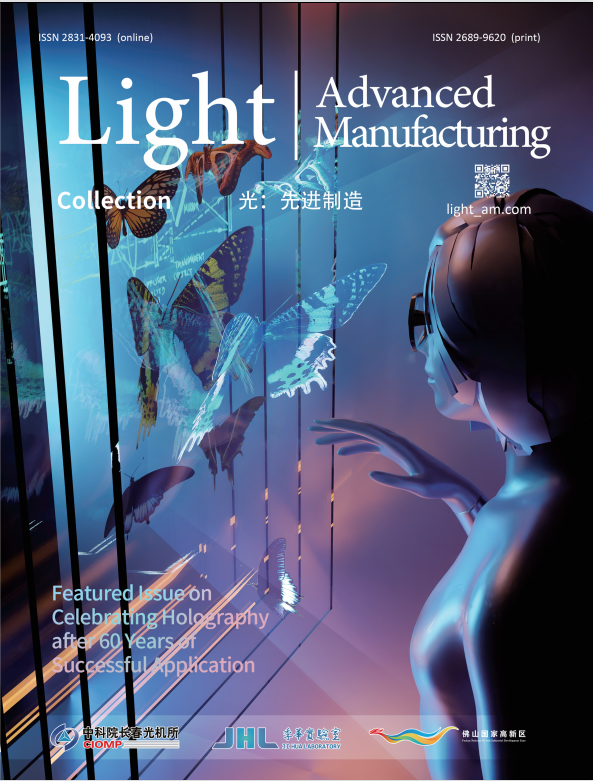
The invention of Holography by Dennis Gabor goes back to the year 1948. Gabor could show that the complete original wavefront of the object both with its amplitude and phase can be reconstructed by adding a coherent background to a wave coming from an object while recording in a proper storage medium. However, it should take more than 20 years to make the great potential of this method accessible to numerous applications. The lack of light sources with high spectral energy density was overcome as Theodore Maiman demonstrated the first operating laser in 1960. A few years later, Emmett Leith and Juris Upatnieks, two physicists at the University of Michigan, implemented their off-axis scheme as a smart combination of Gabor’s holographic principle with the carrier frequency technique known from side-looking radar. The symbiosis of the holographic and laser principle opened the door for a large variety of new technologies and applications in optical imaging, information processing, and metrology such as display holography, computer-generated holography, diffractive optics, holographic interferometry, holographic nondestructive testing, holographic pattern recognition, and holographic storage technology.
In 2021, 60 years after the publication of the seminal article by Leith and Upatnieks, 55 years after the invention of Holographic Interferometry by Stetson and Powell, and 50 years after Gabor’s remarkable Nobel lecture, the editors took the opportunity to celebrate these groundbreaking contributions to modern optics with a special edition of Light: Advanced Manufacturing. This special issue contains 39 papers written by well-known experts in that field. Because these contributions address many different issues, we decided on a structure of 5 main topics:
- 6 papers “Celebrating Holography and its Impact over 60 years”
- 8 papers dealing with the “Digital Transition of Holography”
- 8 papers describing the Potential of Holography for the “Making of new Optical Components”
- 10 papers addressing the “Wide Field of Applications” opened by Holography, and
- 7 papers discussing “Perspectives of Holographic Technologies”.
Our thanks go to all authors who joined our journey through 60 years of a meanwhile traditional but even young discipline of modern optics.
-
Editorial
Celebrating Holography after 60 years of successful application
-
Review
The discovery of holographic interferometry, its development and applications
Published , Published online: 16 June 2022 , doi: 10.37188/lam.2022.002This paper recounts the discovery of holographic interferometry, discusses its development, and itemizes some of its major applications.
-
Review
The language of holography
Published , Published online: 16 December 2021 , doi: 10.37188/lam.2021.034Holography has evolved over its 70+ years of history across widespread and diverse communities and locations. This has produced a complex language that is sometimes inconsistent, confusing, and incorrect, resulting in a general public that often appears widely confused and/or ignorant regarding what holograms actually are and are not. Today’ s holographers employ many types of recording media to record all types of waves, such as light, sound, radar, and simulated waves, and for many different applications and purposes. This study examines the language of holography along with its origins, problems, and possible solutions, while recognizing that certain “errors” in the language are so embedded in society that simple and ideal fixes may be beyond reach. This leaves us with certain questions, as follows. First, can the correct language be restored and should we undertake the task, or are we stuck with every three-dimensional image being called a hologram? Is it our duty to better educate the public with a more useful and consistent language, or should we just go with the flow? In this work, beginning with the insights provided by the pioneers of the field, we attempt to set the stage for a more useful holography language and definitions, specialized so as to be understandable and usable by various audiences, including those interested in non-optical holography. Such knowledge can help the general public to take greater interest and enjoyment in holography; this would also be beneficial to those more involved in holography. Accordingly, this article offers advice for achieving this result. -
Review
Contributions of holography to the advancement of interferometric measurements of surface topography
Published , Published online: 02 April 2022 , doi: 10.37188/lam.2022.007Two major fields of study in optics—holography and interferometry—have developed at times independently and at other times together. The two methods share the principle of holistically recording as an intensity pattern the magnitude and phase distribution of a light wave, but they can differ significantly in how these recordings are formed and interpreted. Here we review seven specific developments, ranging from data acquisition to fundamental imaging theory in three dimensions, that illustrate the synergistic developments of holography and interferometry. A clear trend emerges, of increasing reliance of these two fields on a common trajectory of enhancements and improvements.
-
Review
Shearography and its applications – a chronological review
Published , Published online: 14 January 2022 , doi: 10.37188/lam.2022.001This paper presents the activities in the field of shearography in chronological order and highlights the great potential of this holographic measurement technology. After a brief introduction, the basic theory of shearography is presented. Shear devices, phase-shift arrangements, and multiplexed shearography systems are described. Finally, the application areas where shearography has been accepted and successfully used as a tool are presented. -
Review
55 Years of Holographic Non-Destructive Testing and Experimental Stress Analysis: Is there still Progress to be expected?
Published , Published online: 10 March 2022 , doi: 10.37188/lam.2022.008Holographic methods for non-destructive testing, shape measurement, and experimental stress analysis have shown to be versatile tools for the solution of many inspection problems. Their main advantages are the non-contact nature, the non-destructive and areal working principle, the fast response, high sensitivity, resolution and precision. In contrast to conventional optical techniques such as classical interferometry, the holographic principle of wavefront storage and reconstruction makes it possible to investigate objects with rough surfaces. Consequently, the response of various classes of products on operational or artificial load can be examined very elegantly. The paper looks back to the history of holographic metrology, honors the inventors of the main principles, discusses criteria for the selection of a proper inspection method, and shows exemplary applications. However, the main focus is on modern developments that are inspired by the rapid technological process in sensing technology and digitization, on current applications and future challenges. -
Article
Reflections about the holographic and non-holographic acquisition of surface topography: where are the limits?
Published , Published online: 26 April 2022 , doi: 10.37188/lam.2022.025Recording and (computational) processing of complex wave fields offer a vast realm of new methods for optical 3D metrology. We discuss fundamental similarities and differences between holographic surface topography measurement and non-holographic principles, such as triangulation, classical interferometry, rough surface interferometry and slope measuring methods. Key features are the physical origin of the ultimate uncertainty limit and how the topographic information is encoded and decoded. Besides the theoretical insight, the discussion will help optical metrologists to determine if their measurement results could be improved or have already hit the ultimate limit of what physics allows.
-
Review
Digital holography in production: an overview
Published , Published online: 18 June 2021 , doi: 10.37188/lam.2021.015Many challenging measurement tasks in production simultaneously have high requirements for accuracy, measurement field size, lateral sampling, and measurement time. In this paper, we provide an overview of the current state of the art in digital holography for surface topography measurements and present three applications from completely different productions with no alternative to digital holography; we describe the HoloTop sensor family, which has been designed specifically for industrial use, and present the most recent results achieved in real-life industrial applications. All applications address measurement tasks that could not be solved until now, either by optical or tactile means. We start with a description of the first-ever inline integration of a digital holographic measurement system that inspects precision turned parts for the automotive industry. We proceed by presenting measurements performed with a compact sensor that can be placed inside a tooling machine and operated fully wirelessly. In this case, the tool holder was used to position the sensor directly. Integration into a tooling machine places high demands on both robustness and reliability. Finally, the quality control of electronic interconnectors such as microbumps with the highest demand for accuracy and repeatability is demonstrated. All of these applications illustrate the major advantages of digital holographic systems: it is possible to measure a relatively large field of view with interferometric precision and very short acquisition times. Additionally, both reflective and matt surfaces can be measured simultaneously. We end this publication with an assessment of the future potential of this technology and the necessary development steps involved. -
Article
Snap-shot topography measurement via dual-VCSEL and dual wavelength digital holographic interferometry
Published , Published online: 29 December 2021 , doi: 10.37188/lam.2021.029In this paper, we propose a dual-wavelength digital holographic interferometry method based on a compact dual vertical-cavity surface-emitting laser (VCSEL) source. The source simultaneously emits light from two highly stabilized coherent light sources with slightly different wavelengths. A highly stabilized and adjustable current source enables the application of digital holographic dual-wavelength techniques to measure the shape of an object with height steps of a few millimeters. The wavelength drift over 12 h over the entire measurement range, which was evaluated using a wavemeter, was smaller than 1 pm. In addition to the low measurement uncertainty at large height jumps, the dual-wavelength digital holographic system distinguishes itself by its robustness to environmental disturbances such as air turbulence, heat load, and/or mechanical vibrations. This is enabled via a fiber-based almost common-path single-shot digital holographic acquisition of the information of the two different wavelengths using angular multiplexing. The experimental setup and data evaluation are discussed, and we present measurements of non-cooperative objects with specular reflective and/or diffuse reflective surfaces having different colors. -
Article
Parallax limitations in digital holography: a phase space approach
Published , Published online: 20 June 2022 , doi: 10.37188/lam.2022.028The viewing direction in Digital Holography can be varied if different parts of a hologram are reconstructed. In this article parallax limitations are discussed using the phase space formalism. An equation for the parallax angle is derived with this formalism from simple geometric quantities. The result is discussed in terms of pixel size and pixel number of the image sensor. Change of perspective is demonstrated experimentally by two numerical hologram reconstructions from different parts of one single digital hologram.
-
Review
Resolution enhancement of digital holographic microscopy via synthetic aperture: a review
Published , Published online: 27 January 2022 , doi: 10.37188/lam.2022.006Digital holographic microscopy (DHM), which combines digital holography with optical microscopy, is a wide field, minimally invasive quantitative phase microscopy (QPM) approach for measuring the 3D shape or the inner structure of transparent and translucent samples. However, limited by diffraction, the spatial resolution of conventional DHM is relatively low and incompatible with a wide field of view (FOV) owing to the spatial bandwidth product (SBP) limit of the imaging systems. During the past decades, many efforts have been made to enhance the spatial resolution of DHM while preserving a large FOV by trading with unused degrees of freedom. Illumination modulation techniques, such as oblique illumination, structured illumination, and speckle illumination, can enhance the resolution by adding more high-frequency information to the recording system. Resolution enhancement is also achieved by extrapolation of a hologram or by synthesizing a larger hologram by scanning the sample, the camera, or inserting a diffraction grating between the sample and the camera. For on-chip DHM, spatial resolution is achieved using pixel super-resolution techniques. In this paper, we review various resolution enhancement approaches in DHM and discuss the advantages and disadvantages of these approaches. It is our hope that this review will contribute to advancements in DHM and its practical applications in many fields. -
Review
Phase microscopy and surface profilometry by digital holography
Published , Published online: 06 May 2022 , doi: 10.37188/lam.2022.019Quantitative phase microscopy by digital holography is a good candidate for high-speed, high precision profilometry. Multi-wavelength optical phase unwrapping avoids difficulties of numerical unwrapping methods, and can generate surface topographic images with large axial range and high axial resolution. But the large axial range is accompanied by proportionately large noise. An iterative process utilizing holograms acquired with a series of wavelengths is shown to be effective in reducing the noise to a few micrometers even over the axial range of several millimeters. An alternate approach with shifting of illumination angle, instead of using multiple laser sources, provides multiple effective wavelengths from a single laser, greatly simplifying the system complexity and providing great flexibility in the wavelength selection. Experiments are performed demonstrating the basic processes of multi-wavelength digital holography (MWDH) and multi-angle digital holography (MADH). Example images are presented for surface profiles of various types of surface structures. The methods have potential for versatile, high performance surface profilometry, with compact optical system and straightforward processing algorithms.
-
Article
Integrated self-referencing single shot digital holographic microscope and optical tweezer
Published , Published online: 04 August 2022 , doi: 10.37188/lam.2022.037Digital holographic microscopy is a single-shot technique for quantitative phase imaging of samples, yielding thickness profiles of phase objects. It provides sample features based on their morphology, leading to their classification and identification. However, observing samples, especially cells, in fluids using holographic microscopes is difficult without immobilizing the object. Optical tweezers can be used for sample immobilization in fluids. The present manuscript provides an overview of our ongoing work on the development of a compact, low-cost microscopy system for digital holographic imaging of optically trapped samples. Integration of digital holographic microscopy system with tweezers is realized by using the optical pickup unit extracted from DVD burners to trap microsamples, which are then holographically imaged using a highly compact self-referencing interferometer along with a low-cost, in-house developed quadrant photodiode, providing morphological and spectral information of trapped particles. The developed integrated module was tested using polystyrene microspheres as well as human erythrocytes. The investigated system offers a multitude of sample features, including physical and mechanical parameters and corner frequency information of the sample. These features were used for sample classification. The proposed technique has vast potential in opening up new avenues for low-cost, digital holographic imaging and analysis of immobilized samples in fluids and their classification.
-
Review
Compression strategies for digital holograms in biomedical and multimedia applications
Published , Published online: 20 July 2022 , doi: 10.37188/lam.2022.040While 60 years of successful application of holography is celebrated in this special issue, efficient representation and compression of holographic data has received relatively little attention in research. Notwithstanding this observation, and particularly due to the digitization that is also penetrating the holographic domain, interest is growing on how to efficiently compress holographic data such that interactive exchange of content, as well as digital storage can be facilitated proficiently. This is a particular challenge, not only because of its interferometric nature and the various representation formats, but also the often extremely large data volumes involved in pathological, tomographic, or high-end visualization applications. In this paper, we provide an overview of the state of the art in compression techniques and corresponding quality metrics for various practical applications in digital holography. We also consider the future by analyzing the emerging trends for addressing the key challenges in this domain.
-
Review
Digital holography as metrology tool at micro-nanoscale for soft matter
Published , Published online: 18 February 2022 , doi: 10.37188/lam.2022.010The appearance of the first laser approximately 12 years after the invention of holography by Gabor (1948) revolutionized the field of optical metrology. In fact, the invention of holographic interferometry enabled the exploitation of interferometry on non-mirror surfaces and full-scale objects. The holography-based measurement methods has been implemented to several industrial systems or in support of R&D with the aim of improving new products in many fields (automotive, aerospace, electronics, etc.). To date, holography has been considered an important measurement tool for non-destructive inspection (NDI), strain-stress measurement, and vibration analysis at various engineering sites. Recently, the new paradigm of Industry4.0 has seen the introduction of new technologies and methods of processing materials as well as the development of manufacturing approaches for the realization of innovative products. For example, direct printing, additive, and bottom-up manufacturing processes are expected to involve new ways of making products in future, and most innovative fabrication processes will be based on the manipulation of soft matter (e.g., starting from the liquid phase) that will be shaped at the nanoscale. The inherent characteristics of digital holography (DH) make it a powerful and accurate tool for the visualization and testing of final products, as well as for in situ and real-time monitoring and quantitative characterization of the processes involved during the fabrication cycle. This review aims to report on the most useful applications of soft matter, where the capabilities offered by DH, such as three-dimensional (3D) imaging, extended focus, 3D tracking, full-field analysis, high sensitivity, and a wide range of measurements from nanometers to centimeters, permit completely non-invasive characterizations on a full-scale. Several holographic experimental results of typical samples are reported and discussed where DH plays a primary role as a tool gauge for soft matter. -
Review
Holographic optics in planar optical systems for next generation small form factor mixed reality headsets
Published , Published online: 02 August 2022 , doi: 10.37188/lam.2022.042Helmet Mounted Displays (HMDs), such as in Virtual Reality (VR), Augmented Reality (AR), Mixed reality (MR), and Smart Glasses have the potential to revolutionize the way we live our private and professional lives, as in communicating, working, teaching and learning, shopping and getting entertained. Such HMD devices have to satisfy draconian requirements in weight, size, form factor, power, compute, wireless communication and of course display, imaging and sensing performances. We review in this paper the various optical technologies and architectures that have been developed in the past 10 years to provide adequate solutions for the drastic requirements of consumer HMDs, a market that has yet to become mature in the next years, unlike the existing enterprise and defense markets that have already adopted VR and AR headsets as practical tools to improve greatly effectiveness and productivity. We focus specifically our attention on the optical combiner element, a crucial element in Optical See-Through (OST) HMDs that combines the see-through scene with a world locked digital image. As for the technological platform, we chose optical waveguide combiners, although there is also a considerable effort today dedicated to free-space combiners. Flat and thin optics as in micro-optics, holographics, diffractives, metasurfaces and other nanostructured optical elements are key building blocks to achieve the target form factor.
-
Article
Hybrid multimode - multicore fibre based holographic endoscope for deep-tissue neurophotonics
Published , Published online: 21 June 2022 , doi: 10.37188/lam.2022.029In-vivo microendoscopy in animal models became a groundbreaking technique in neuroscience that rapidly expands our understanding of the brain. Emerging hair-thin endoscopes based on multimode fibres are now opening up the prospect of ultra-minimally invasive neuroimaging of deeply located brain structures. Complementing these advancements with methods of functional imaging and optogenetics, as well as extending its applicability to awake and motile animals constitute the most pressing challenges for this technology. Here we demonstrate a novel fibre design capable of both, high-resolution imaging in immobilised animals and bending-resilient optical addressing of neurons in motile animals. The optimised refractive index profile and the probe structure allowed reaching a spatial resolution of 2 μm across a 230 μm field of view for the initial layout of the fibre. Simultaneously, the fibre exhibits negligible cross-talk between individual inner-cores during fibre deformation. This work provides a technological solution for imaging-assisted spatially selective photo-activation and activity monitoring in awake and freely moving animal models.
-
Article
Integrated binary hologram to monitor cargo release from a drug-eluting film
Published , Published online: 19 May 2022 , doi: 10.37188/lam.2022.030Nowadays, holography translates from a pure technical tool for recording the phase and amplitude of the light wave to a widely applicable research-based method. Holographic devices are used for security enhancement, entertainment, 3D display technologies and augmented reality. Binary computer-generated holograms (amplitude or phase-based) are of specific interest. They are easy to compute and their manufacturing methods are fast and robust. In this work, a method of manufacturing amplitude-only binary holograms out of biopolymers films is proposed. Opaque cargo bits made out of different bioactive substances (antibiotics, dyes, etc.) absorb or scatter specific parts of the incoming light wave. Cargo release was conducted by submerging the produced holograms into the aqueous solution at specific pH and temperature levels. Drug elution from the film was traced out by the numerical analysis of the far-field diffraction pattern, which otherwise could only be measured post-factum using sophisticated spectroscopic or chromatography devices. This approach broadens the application of general holography over to the field of biomedical research relevant to quantitative monitoring of the drug elution.
-
Review
Holography with high-power CW coherent terahertz source: optical components, imaging, and applications
Published , Published online: 09 June 2022 , doi: 10.37188/lam.2022.031This paper presents the results of 15 years of studies in the field of terahertz holography at the Novosibirsk free electron laser. They cover two areas: research on obtaining holographic images in the terahertz range and the use of diffractive optical elements to form high-power terahertz radiation fields with specified characteristics (intensity, phase, and polarization), using well-studied and widely applied in the optical range methods of optical (analog), digital, and computer-generated holography. All experiments were performed with the application of high-power coherent monochromatic frequency-tunable radiation from the Novosibirsk free electron laser. The features of hologram registration in the terahertz range are described. Methods, technologies, and optical materials for terahertz holographic elements are discussed. A wide range of promising applications of high-power terahertz fields with a given spatial structure is considered. The results of the study of terahertz holograms recorded as digital holograms, as well as radiation-resistive optical elements realized as computer-synthesized holograms, are presented.
-
Article
Miniaturization of a coherent monocular structured illumination system for future combination with digital holography
Published , Published online: 15 July 2022 , doi: 10.37188/lam.2022.034Holographic and 3D-measurement processes are an often-used tool in industry, medicine, and scientific applications. While small deviations of objects can be visualized by holographic means with high accuracy, optical systems with active structured illumination are a reliable source of absolute 3D-information in these fields. The combination of digital holography with structured illumination allows to simultaneously measure deformations and absolute 3D coordinates but also requires coherent light and has already been demonstrated in principle with a stereo camera setup. Multi-camera systems are limited to certain setup sizes given by the volume and distance of the detectors. Reducing the system to a one-camera (monocular) setup reduces space and acquisition costs. By using a multi-aperture illumination source an extremely high projection rate could be realized and reduced to a monocular approach with a novel voxel-calibration technique, while the projection system itself still requires a large amount of space. In this paper we present a miniaturized, monocular 3D-measurement system that works with repeatable, coherent speckles, generated by a fiber-coupled laser whose light was distributed by a fiber-switch to a diffuser plate connected with a measurement-head, also including a camera. By addressing different fibers through the switch, varying but repeatable patterns are generated. The size of the device (diameter < 3 cm) is now mainly limited by the volume of the camera. A first 3D-reconstruction of an object and an outlook for a combination of this system with digital holography is given, allowing absolute 3D-coordinates and relative deviations of object points to be measured simultaneously.
-
Review
Design of broadband terahertz vector and vortex beams: I. Review of materials and components
Published , Published online: 02 August 2022 , doi: 10.37188/lam.2022.043In this paper, we review the existing approaches for vortex and vector beam shaping and generation in the terahertz frequency range. The particular focus of this review is on the possibility of homogeneous topological charge formation in the ultra-wide spectral interval inherent to ultrashort terahertz pulses. We review the available materials and components, analyse proposed and potentially possible solutions for broadband terahertz vortex and vector beam shaping, compare all developed approaches, and put forward a unified concept for constructing passive shapers of such beams from the existing component base.
-
Article
Design of broadband terahertz vector and vortex beams: II. Holographic assessment
Published , Published online: 02 August 2022 , doi: 10.37188/lam.2022.044In this paper, we demonstrate the capabilities of the terahertz pulse time-domain holography in visualisation, simulation, and assessment of broadband THz vortex beam formation dynamics upon its shaping by elements of beam converter, and further propagation and manipulation. By adding Jones matrix formalism to describe broadband optical elements, we highlight the differences in the spatio-spectral and spatio-temporal structure of the formed vortex and vector beams dependence on the modulator used and visualise their modal features. The influence of diffraction field structure from each element in the broadband vortex modulator is revealed in numerical simulation and the formed beams are analysed against the simplified Laguerre-Gaussian beam model.
-
Article
Simulation-based design optimization of the holographic wavefront sensor in closed-loop adaptive optics
Published , Published online: 21 June 2022 , doi: 10.37188/lam.2022.027Adaptive optics systems are used to compensate for wavefront distortions introduced by atmospheric turbulence. The distortions are corrected by an adaptable device, normally a deformable mirror. The control signal of the mirror is based on the measurement delivered by a wavefront sensor. Relevant characteristics of the wavefront sensor are the measurement accuracy, the achievable measurement speed and the robustness against scintillation. The modal holographic wavefront sensor can theoretically provide the highest bandwidth compared to other state of the art wavefront sensors and it is robust against scintillation effects. However, the measurement accuracy suffers from crosstalk effects between different aberration modes that are present in the wavefront. In this paper we evaluate whether the sensor can be used effectively in a closed-loop AO system under realistic turbulence conditions. We simulate realistic optical turbulence represented by more than 2500 aberration modes and take different signal-to-noise ratios into account. We determine the performance of a closed-loop AO system based on the holographic sensor. To counter the crosstalk effects, careful choice of the key design parameters of the sensor is necessary. Therefore, we apply an optimization method to find the best sensor design for maximizing the measurement accuracy. By modifying this method to take the changing effective turbulence conditions during closed-loop operation into account, we can improve the performance of the system, especially for demanding signal-to-noise-ratios, even more. Finally, we propose to implement multiple holographic wavefront sensors without the use of additional hardware, to perform multiple measurement at the same time. We show that the measurement accuracy of the sensor and with this the wavefront flatness can be increased significantly without reducing the bandwidth of the adaptive optics system.
-
Review
A review of the dual-wavelength technique for phase imaging and 3D topography
Published , Published online: 02 April 2022 , doi: 10.37188/lam.2022.017Optically transmissive and reflective objects may have varying surface profiles, which translate to arbitrary phase profiles for light either transmitted through or reflected from the object. For high-throughput applications, resolving arbitrary phases and absolute heights is a key problem. To extend the ability of measuring absolute phase jumps in existing 3D imaging techniques, the dual-wavelength concept, proposed in late 1800s, has been developed in the last few decades. By adopting an extra wavelength in measurements, a synthetic wavelength, usually larger than each of the single wavelengths, can be simulated to extract large phases or height variations from micron-level to tens of centimeters scale. We review a brief history of the developments in the dual-wavelength technique and present the methodology of this technique for using the phase difference and/or the phase sum. Various applications of the dual-wavelength technique are discussed, including height feature extraction from micron scale to centimeter scale in holography and interferometry, single-shot dual-wavelength digital holography for high-speed imaging, nanometer height resolution with fringe subdivision method, and applications in other novel phase imaging techniques and optical modalities. The noise sources for dual-wavelength techniques for phase imaging and 3D topography are discussed, and potential ways to reduce or remove the noise are mentioned.
-
Article
Multi-positional image-based vibration measurement by holographic image replication
Published , Published online: 21 December 2021 , doi: 10.37188/lam.2021.032In this study we present a novel and flexibly applicable method to measure absolute and relative vibrations accurately in a field of 148 mm × 110 mm at multiple positions simultaneously. The method is based on imaging in combination with holographic image replication of single light sources onto an image sensor, and requires no calibration for small amplitudes. We experimentally show that oscillation amplitudes of 100 nm and oscillation frequencies up to 1000 Hz can be detected clearly using standard image sensors. The presented experiments include oscillations of variable amplitude and a chirp signal generated with an inertial shaker. All experiments were verified using state-of-the-art vibrometers. In contrast to conventional vibration measurement approaches, the proposed method offers the possibility of measuring relative movements between several light sources simultaneously. We show that classical band-pass filtering can be omitted, and the relative oscillations between several object points can be monitored. -
Article
Melt pool monitoring in laser beam melting with two-wavelength holographic imaging
Published , Published online: 02 March 2022 , doi: 10.37188/lam.2022.011Over the past two decades, laser beam melting has emerged as the leading metal additive manufacturing process for producing small- and medium-size structures. However, a key obstacle for the application of this technique in industry is the lack of reliability and qualification mainly because of melt pool instabilities during the laser-powder interaction, which degrade the quality of the manufactured components. In this paper, we propose multi-wavelength digital holography as a proof of concept for in situ real-time investigation of the melt pool morphology. A two-wavelength digital holographic setup was co-axially implemented in a laser beam melting facility. The solidified aluminum tracks and melt pools during the manufacturing of 316L were obtained with full-field one-shot acquisitions at short exposure times and various scanning velocities. The evaluation of the complex coherence factor of digital holograms allowed the quality assessment of the phase reconstruction. The motion blur was analyzed by scanning the dynamic melt pool. -
Article
A symmetry concept and significance of fringe patterns as a direct diagnostic tool in artwork conservation
Published , Published online: 16 June 2022 , doi: 10.37188/lam.2022.018Previous collaborative studies have shown the main fringe patterns and their typical classification with regard to defects. Nevertheless, the complexity of the results prevents defect detection automation based on a fringe pattern classification table. The use of fringe patterns for the structural diagnosis of artwork is important for conveying crucial detailed information and dense data sources that are unmatched compared to those obtained using other conventional or modern techniques. Hologram interferometry fringe patterns uniquely reveal existing and potential structural conditions independent of object shape, surface complexity, material inhomogeneity, multilayered and mixed media structures, without requiring contact and interaction with the precious surface. Thus, introducing a concept that from one hand allows fringe patterns to be considered as a powerful standalone physical tool for direct structural condition evaluation with a focus on artwork conservators' need for structural diagnosis while sets a conceptual basis for defect detection automation is crucial. The aim intensifies when the particularities of ethics and safety in the field of art conservation are considered.There are ways to obtain the advantages of fringe patterns even when specialized software and advanced analysis algorithms fail to convey usable information. Interactively treating the features of fringe patterns through step-wise reasoning provides direct diagnosis while formulates the knowledge basis to automate defect isolation and identification procedures for machine learning and artificial intelligence (AI) development. The transfer of understanding of the significance of fringe patterns through logical steps to an AI system is this work's ultimate technical aim. Research on topic is ongoing.
-
Review
Holography in the invisible. From the thermal infrared to the terahertz waves: outstanding applications and fundamental limits
Published , Published online: 11 April 2022 , doi: 10.37188/lam.2022.022Since its invention, holography has been mostly applied at visible wavelengths in a variety of applications. Specifically, non-destructive testing of manufactured objects was a driver for developing holographic methods and all related ones based on the speckle pattern recording. One substantial limitation of holographic non-destructive testing is the setup stability requirements directly related to the laser wavelength. This observation has driven some works for 15 years: developing holography at wavelengths much longer than visible ones. In this paper, we will first review researches carried out in the infrared, mostly digital holography at thermal infrared wavelengths around 10 micrometers. We will discuss the advantages of using such wavelengths and show different examples of applications. In nondestructive testing, large wavelengths allow using digital holography in perturbed environments on large objects and measure large deformations, typical of the aerospace domain. Other astonishing applications such as reconstructing scenes through smoke and flames were proposed. When moving further in the spectrum, digital holography with so-called Terahertz waves (up to 3 millimeters wavelength) has also been studied. The main advantage here is that these waves easily penetrate some materials. Therefore, one can envisage Terahertz digital holography to reconstruct the amplitude and phase of visually opaque objects. We review some cases in which Terahertz digital holography has shown potential in biomedical and industrial applications. We will also address some fundamental bottlenecks that prevent fully benefiting from the advantages of digital holography when increasing the wavelength.
-
Article
Investigation of human organoid retina with digital holographic transmission matrix measurements
Published , Published online: 31 March 2022 , doi: 10.37188/lam.2022.023Advanced manufacturing of retinal organoid samples from human induced pluripotent stem cells represents a promising way to study the development of retinal diseases. The retina is an epithelium composed of different cell layers with unique optical properties and detects light by photoreceptor neurons for visual function. There are still many challenges in detecting early and distinct cellular changes in retinal disease. In this paper, we study the capability of the optical transmission matrix, which fully describes the transition of a light field propagating through a scattering sample. Despite its rich information content, the transmission matrix is commonly just used for light delivery through scattering media. Digital holography is employed to measure the complex light-field information of the transmitted light. We demonstrate that singular value decomposition of the transmission matrix allows to discriminate phantom tissues with varying scattering coefficient. We apply these findings to retinal organoid tissues. Application of the protonophore carbonyl cyanide m-chloro-phenylhydrazone (CCCP), a known inducer of retinal damage in animals, caused cell death and structural changes in human retinal organoids, which resulted in distinct changes in the transmission matrix. Our data indicate that the analysis of the transmission matrix can distinguish pathologic changes of the retina towards the development of imaging-based biomarkers.
-
Article
Variable shearing holography with applications to phase imaging and metrology
Published , Published online: 25 March 2022 , doi: 10.37188/lam.2022.016We report variable shear interferometers employing liquid-crystal-based geometric-phase (GP) gratings. Conventional grating-based shear interferometers require two lateral shifts of the gratings to enable phase-shifting capabilities in x- and y- direction and two axial shifts of the gratings to adjust the shear amount in x- and y- direction, i.e., these systems need control of four axes mechanically. Here we show that the GP gratings combined with a pixelated polarization camera give instantaneous-phase shifting so that no mechanical movement is necessary to obtain phase shifts. Furthermore, we show that a single fixed shear with a rotational shear axis provides a more robust selection of shears while requiring the control of only one mechanical axis. We verify this statement using spatial domain and frequency domain criteria. We further show that the resolution of the reconstructed wavefield depends not only on the numerical aperture of the imaging system, the pixel size of the detector, or the spatial coherence of the source but also on the ability to determine the shear amount accurately. To improve this, we report a methodology to accurately detect the shear amounts using the second derivative of the autocorrelation function of the measured holograms, which further relaxes the requirements on mechanical stability.
-
Article
Ultra-high speed holographic shape and displacement measurements in the hearing sciences
Published , Published online: 14 March 2022 , doi: 10.37188/lam.2022.015The auditory system of mammals enables the perception of sound from our surrounding world. Containing some of the smallest bones in the body, the ear transduces complex acoustic signals with high-temporal sensitivity to complex mechanical vibrations with magnitudes as small as tens of picometers. Measurements of the shape and acoustically induced motions of different components of the ear are essential if we are to expand our understanding of hearing mechanisms, and also provide quantitative information for the development of numerical ear models that can be used to improve hearing protection, clinical diagnosis, and repair of damaged or diseased ears.We are developing digital holographic methods and instrumentation using an ultra-high speed camera to measure shape and acoustically-induced motions in the middle ear. Specifically we study the eardrum, the first structure of the middle ear which initializes the acoustic-mechanical transduction of sound for hearing. Our measurement system is capable of performing holographic measurement at rates up to 2.1 M frames per second. Two shape measurement modalities had previously been implemented into our holographic systems: (1) a multi-wavelength method with a wavelength tunable laser; and (2) a multi-angle illumination method with a single wavelength laser. In this paper, we present a third method using a miniaturized fringe projection system with a microelectromechanical system (MEMS) mirror. Further, we optimize the processing of large data sets of holographic displacement measurements using a vectorized Pearson's correlation algorithm. We validate and compare the shape and displacement measurements of our methodologies using a National Institute of Standards and Technology (NIST) traceable gauge and sound-activated latex membranes and human eardrums.
-
Article
The application of digital holography for accurate three-dimensional localisation of mosquito-bednet interaction
Published , Published online: 09 June 2022 , doi: 10.37188/lam.2022.020Understanding mosquito interaction with long-lasting insecticidal bednets is crucial in the development of more effective intervention methods to protect humans from malaria transmission. As such, a 240 × 240 × 1000 mm laboratory setup for the in-line recording of digital holograms and subsequent in-focus reconstruction and 3D localisation of mosquitoes is presented. Simple bednet background removal methods are used to accurately localise a mosquito obscured by a bednet in 3D coordinates. Simulations and physical data demonstrate that this method is suitable for mosquitoes positioned 3−1000 mm behind a bednet. A novel post-processing technique, involving a cascade-correlation of a Tamura of Intensity focus metric extracted from digitally reconstructed scenes, accurately localises mosquitoes positioned 35−100 mm behind a bednet from a single digital hologram. The result of this study is a scalable digital holographic methodology to examine mosquito-bednet interaction in 3D at a level of accuracy previously only seen in 2D imaging of mosquitoes in a much smaller volume.
-
Article
In-process monitoring in laser grooving with line-shaped femtosecond pulses using optical coherence tomography
Published , Published online: 17 May 2022 , doi: 10.37188/lam.2022.033A line-shaped beam is useful for increasing the processing speed in laser grooving and scribing. In laser grooving, depth control of the processed structure is important for performing precise processing. In this paper, in-process monitoring of the depth of a structure formed by femtosecond laser processing with a line-shaped beam using swept-source optical coherence tomography (SS-OCT) was demonstrated. In the evaluation of the SS-OCT system, the depth resolution, measurement accuracy, and axial measurable range were 15.8 μm, ±2.5 μm and 5.3 mm, respectively. In laser grooving, the structural shape and the distribution of deposited debris were successfully monitored. The measured depth agreed well with the depth obtained using a laser confocal microscope. The proposed method will be effective for precise laser processing with feedback control of the laser parameters based on in-process monitoring of the processed structure.
-
Review
Holography, and the future of 3D display
Published , Published online: 20 December 2021 , doi: 10.37188/lam.2021.028The pioneers of holography, Gabor, Leith, Upatnieks, and Denisyuk, predicted very early that the ultimate 3D display will be based on this technique. This conviction was rooted on the fact that holography is the only approach that can render all optical cues interpreted by the human visual system. Holographic 3D displays have been a dream chased after for many years, facing challenges on all fronts: computation, transmission, and rendering. With numbers such as 6.6 × 1015 flops required for calculations, 3 × 1015 b/s data rates, and 1.6 × 1012 phase pixels, the task has been daunting. This article is reviewing the recent accomplishments made in the field of holographic 3D display. Specifically, the new developments in machine learning and neural network algorithms demonstrating that computer-generated holograms approach real-time processing. A section also discuss the problem of data transmission that can arguably be solved using clever compression algorithms and optical fiber transmission lines. Finally, we introduce the last obstacle to holographic 3D display, which is is the rendering hardware. However, there is no further mystery. With larger and faster spatial light modulators (SLMs), holographic projection systems are constantly improving. The pixel count on liquid crystal on silicon (LCoS) as well as microelectromechanical systems (MEMS) phase displays is increasing by the millions, and new photonic integrated circuit phased arrays are achieving real progress. It is only a matter of time for these systems to leave the laboratory and enter the consumer world. The future of 3D displays is holographic, and it is happening now. -
Article
Holographic augmented reality display with conical holographic optical element for wide viewing zone
Published , Published online: 02 March 2022 , doi: 10.37188/lam.2022.012In this study, we propose a holographic augmented reality (AR) display with a wide viewing zone realized by using a special-designed reflective optical element. A conical holographic optical element (HOE) is used as such a reflective optical element. This conical HOE was implemented to reconstruct a diverging spherical wave with a wide spread angle. It has a sharp wavelength selectivity by recording it as a volume hologram, enabling augmented reality (AR) representation of real and virtual 3D objects. The quality of the generated spherical wave and the spectral reflectivity of the fabricated conical HOE were investigated. An optical superimposition between real and virtual 3D objects was demonstrated, thereby enhancing the validity of our proposed method. A horizontal viewing zone of 140° and a vertical viewing zone of 30° were experimentally confirmed. The fabrication procedure for the conical HOE is presented, and the calculation method of the computer-generated hologram (CGH) based on Fermat’s principle is explained in detail. -
Review
The state-of-the-art in computer generated holography for 3D display
Published , Published online: 10 June 2022 , doi: 10.37188/lam.2022.035Holographic displays have the promise to be the ultimate 3D display technology, able to account for all visual cues. Recent advances in photonics and electronics gave rise to high-resolution holographic display prototypes, indicating that they may become widely available in the near future. One major challenge in driving those display systems is computational: computer generated holography (CGH) consists of numerically simulating diffraction, which is very computationally intensive. Our goal in this paper is to give a broad overview of the state-of-the-art in CGH. We make a classification of modern CGH algorithms, we describe different algorithmic CGH acceleration techniques, discuss the latest dedicated hardware solutions and indicate how to evaluate the perceptual quality of CGH. We summarize our findings, discuss remaining challenges and make projections on the future of CGH.
-
Review
Holographic techniques for augmented reality and virtual reality near-eye displays
Published , Published online: 22 February 2022 , doi: 10.37188/lam.2022.009Near-eye displays are the main platform devices for many augmented reality (AR) and virtual reality (VR) applications. As a wearable device, a near-eye display should have a compact form factor and be lightweight. Furthermore, a large field of view and sufficient eyebox are crucial for immersive viewing conditions. Natural three-dimensional (3D) image presentation with proper focus cues is another requirement that enables a comfortable viewing experience and natural user interaction. Finally, in the case of AR, the device should allow for an optical see-through view of the real world. Conventional bulk optics and two-dimensional display panels exhibit clear limitations when implementing these requirements. Holographic techniques have been applied to near-eye displays in various aspects to overcome the limitations of conventional optics. The wavefront reconstruction capability of holographic techniques has been extensively exploited to develop optical see-through 3D holographic near-eye displays of glass-like form factors. In this article, the application of holographic techniques to AR and VR near-eye displays is reviewed. Various applications are introduced, such as static holographic optical components and dynamic holographic display devices. Current issues and recent progress are also reviewed, providing a comprehensive overview of holographic techniques that are applied to AR and VR near-eye displays. -
Review
Holographic 3D Imaging through Random Media: Methodologies and Challenges
Published , Published online: 01 May 2022 , doi: 10.37188/lam.2022.014Imaging through random media continues to be a challenging problem of crucial importance in a wide range of fields of science and technology, ranging from telescopic imaging through atmospheric turbulence in astronomy to microscopic imaging through scattering tissues in biology. To meet the scope of this anniversary issue in holography, this review places a special focus on holographic techniques and their unique functionality, which play a pivotal role in imaging through random media. This review comprises two parts. The first part is intended to be a mini tutorial in which we first identify the true nature of the problems encountered in imaging through random media. We then explain through a methodological analysis how unique functions of holography can be exploited to provide practical solutions to problems. The second part introduces specific examples of experimental implementations for different principles of holographic techniques, along with their performance results, which were taken from some of our recent work.
-
Review
Review of engineering techniques in chaotic coded aperture imagers
Published , Published online: 01 May 2022 , doi: 10.37188/lam.2022.024Coded aperture imaging (CAI) is a technique to image three-dimensional scenes with special controlled abilities. In this review, we survey several recently proposed techniques to control the parameters of CAI by engineering the aperture of the system. The prime architectures of these indirect methods of imaging are reviewed. For each design, we mention the relevant application of the CAI recorders and summarize this overview with a general perspective on this research topic.
-
Review
Deep holography
Published , Published online: 30 March 2022 , doi: 10.37188/lam.2022.013With the explosive growth of mathematical optimization and computing hardware, deep neural networks (DNN) have become tremendously powerful tools to solve many challenging problems in various fields, ranging from decision making to computational imaging and holography. In this manuscript, I focus on the prosperous interactions between DNN and holography. On the one hand, DNN has been demonstrated to be in particular proficient for holographic reconstruction and computer-generated holography almost in every aspect. On the other hand, holography is an enabling tool for the optical implementation of DNN the other way around owing to the capability of interconnection and light speed processing in parallel. The purpose of this article is to give a comprehensive literature review on the recent progress of deep holography, an emerging interdisciplinary research field that is mutually inspired by holography and DNN. I first give a brief overview of the basic theory and architectures of DNN, and then discuss some of the most important progresses of deep holography. I hope that the present unified exposition will stimulate further development in this promising and exciting field of research.
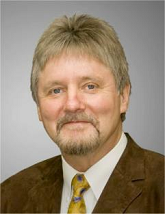 Wolfgang Osten
Wolfgang Osten
Institute of Applied Optics , University of Stuttgart, Germany
Wolfgang Osten received the MSc/Diploma in Physics from the Friedrich-Schiller-University Jena in 1979. From 1979 to 1991 he was working at the Academy of Sciences in Berlin in several institutes making investigations in coherent metrology, digital image processing and machine vision. In 1983 he received the PhD degree from the Martin-Luther-University Halle-Wittenberg for his thesis in the field of holographic interferometry. In 1991 he joined the Bremen Institute for Applied Beam Technology (BIAS) to establish and to direct the department Optical 3D-Metrology till 2002. From September 2002 till October 2018 he has been a full professor at the University of Stuttgart and director of the Institute for Applied Optics. From 2006 till 2010 he was the vice rector for research and technology transfer of the Stuttgart University. His research work is focused on new concepts for industrial inspection and metrology by combining modern principles of optical metrology, sensor technology and digital image processing. Special attention is directed to the development of resolution enhanced technologies for the investigation of micro and nano structures. Wolfgang Osten is fellow of OSA, SPIE, EOS, and SEM, and senior member of IEEE. He is a Honorary Professor of the Shenzhen University, China, a Honorary Doctor of the University of Technology of Ilmenau, Germany, the 2011 recipient of the Dennis Gabor Award of the The International Society for Optics and Photonics SPIE, the 2018 recipient of the Rudolf Kingslake Medal of the SPIE, the 2019 recipient of the Chandra Vikram Award of the SPIE, and the 2019 recipient of the Emmeth Leith Medal of the International Society OPTICA.
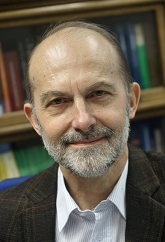 Richard Kowarschik
Richard Kowarschik
Friedrich-Schiller-University Jena
Richard Kowarschik received his diploma degree and his Dr. rer. nat. in Physics and Dr. habil. degrees from the Friedrich Schiller University, Jena, Germany, in 1973, 1977, and 1991, respectively. He accepted the Chair of Experimental Physics/Coherent Optics in 1992 and was the director of the Institute of Applied Optics at the Friedrich Schiller University between 1990 and 2016. His primary research interests are the physics of the interaction of optical wave fields with media and boundary surfaces and cover optical measuring techniques, optical information storage and processing, and diffractive optical elements. His work regarding optical measuring techniques has, following a long tradition in Jena, a strongly application-oriented character. It includes optical methods for the measurement of 3D surface profiles and deformations (structured light, digital holography, holographic interferometry), wave front sensing and adaptive optics, and microscopy with interferometric techniques. His research in optical information storage and processing includes volume holography, real-time storage, materials (photorefractive crystals, photo polymers), and light-induced processes (wave mixing, spatial solitons) within these materials.
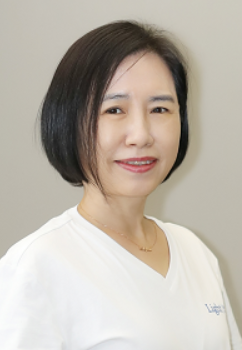 Yuhong Bai
Yuhong Bai
Director of the Light Publishing Group
In 2012, the journal Light: Science & Applications was born in China. Within a few years, it has won recognition and prestige, and is now one of the top three optical journals in the world with an impact factor of 20.257 in 2021, and has been so for eight consecutive years. These achievements are the direct results of the hard work of Prof. Bai, who had the courage to dream big and the practical knowledge to turn that dream into reality.As the founder of the journal LSA, she has managed to form an editorial board which consists of many respected optical scientists, both in China and elsewhere in the world, paving a solid foundation for the journal’s development. By now, LSA has truly become one of China's most internationally influential scientific and technological journals, a world-leading optical journal, and has been featured by domestic and foreign media such as People's Daily and Japan's NHK TV.


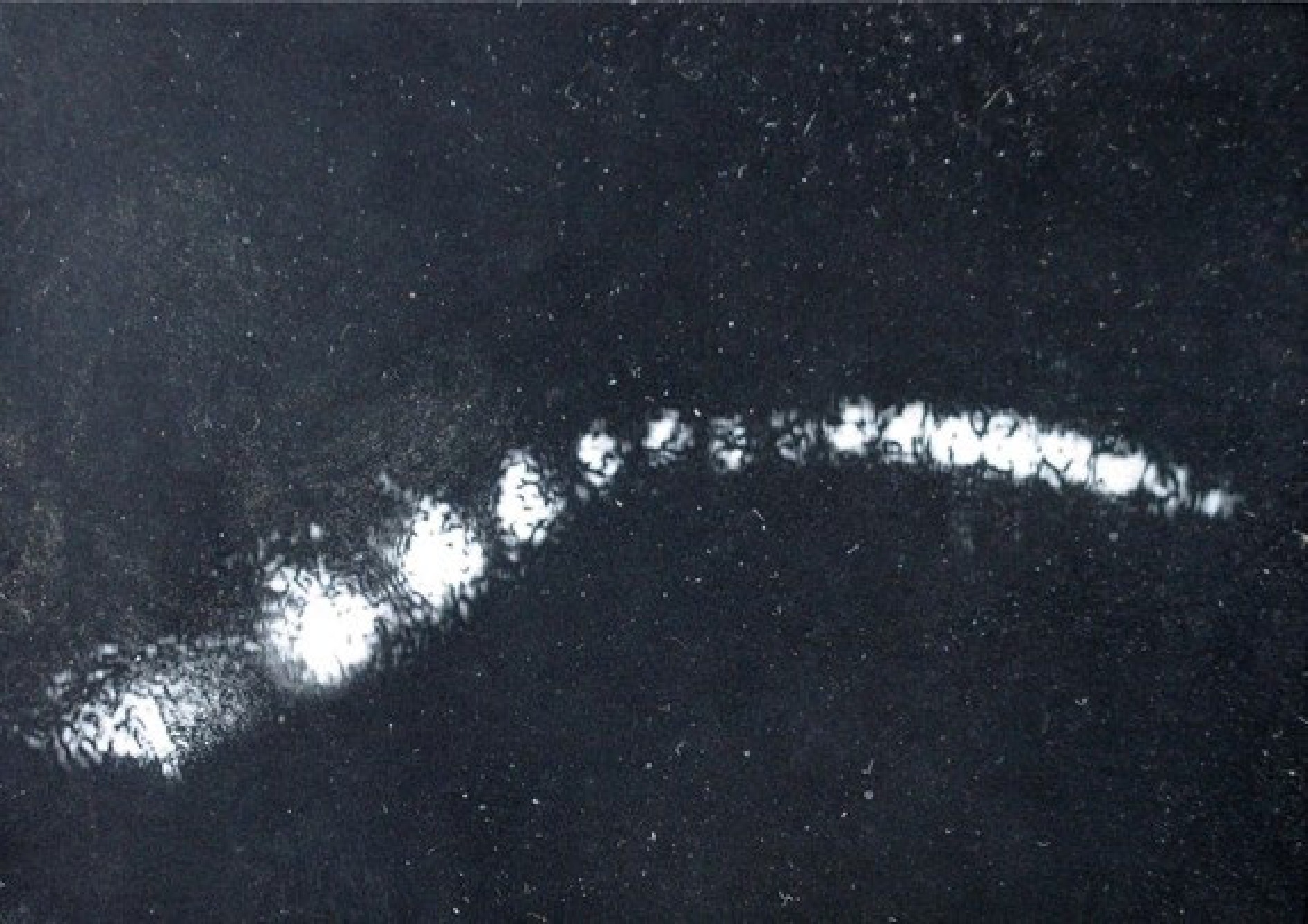
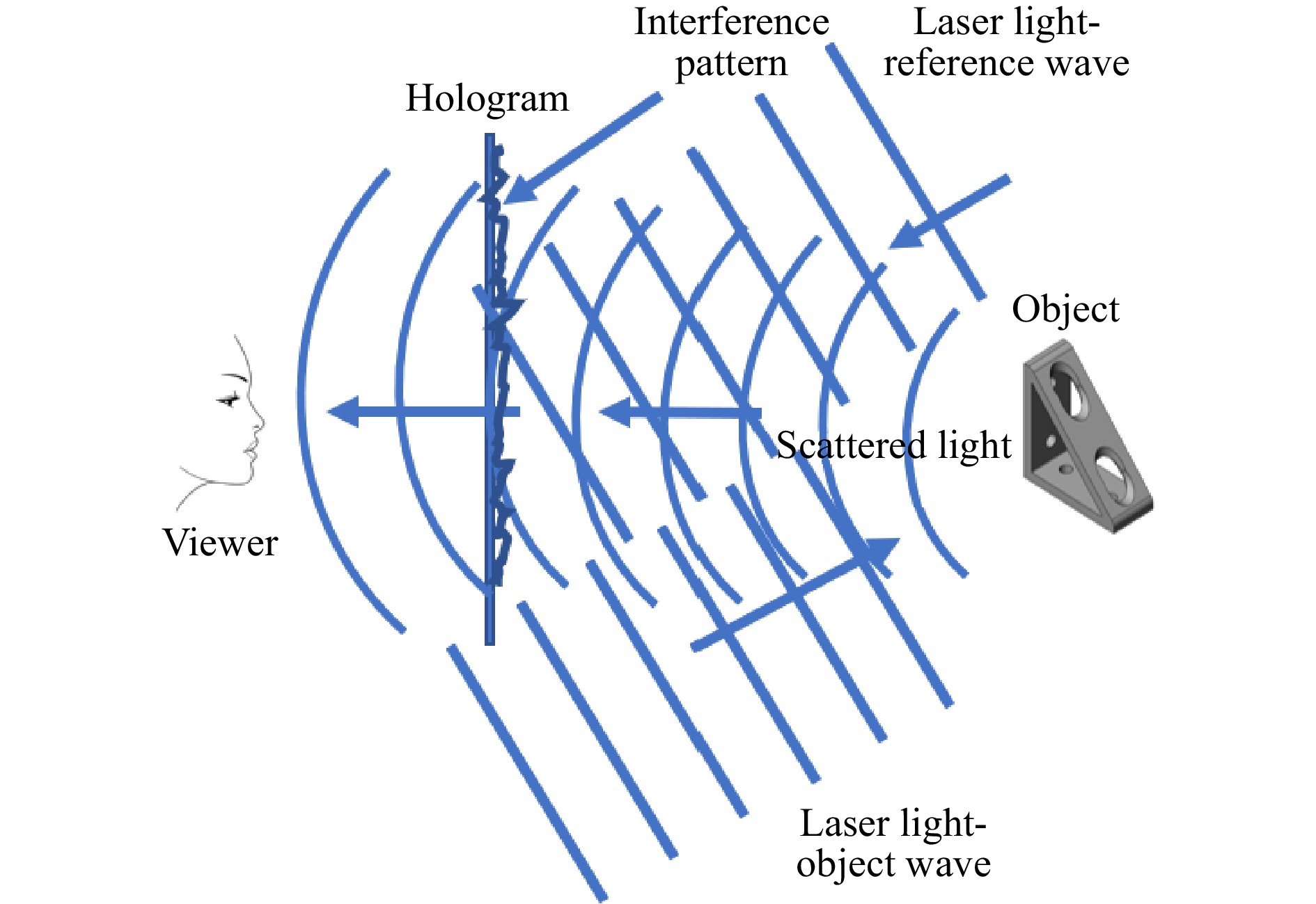
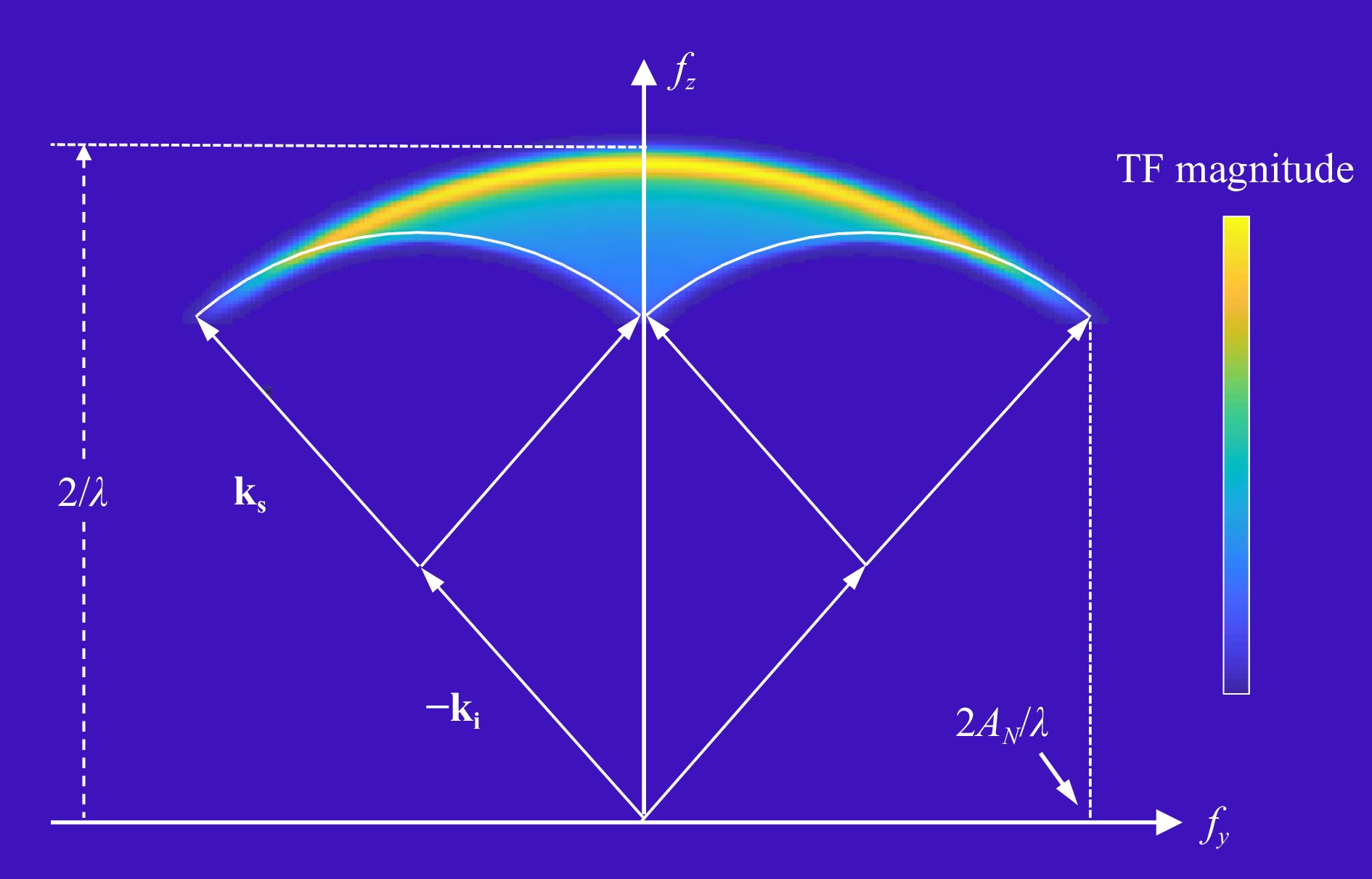
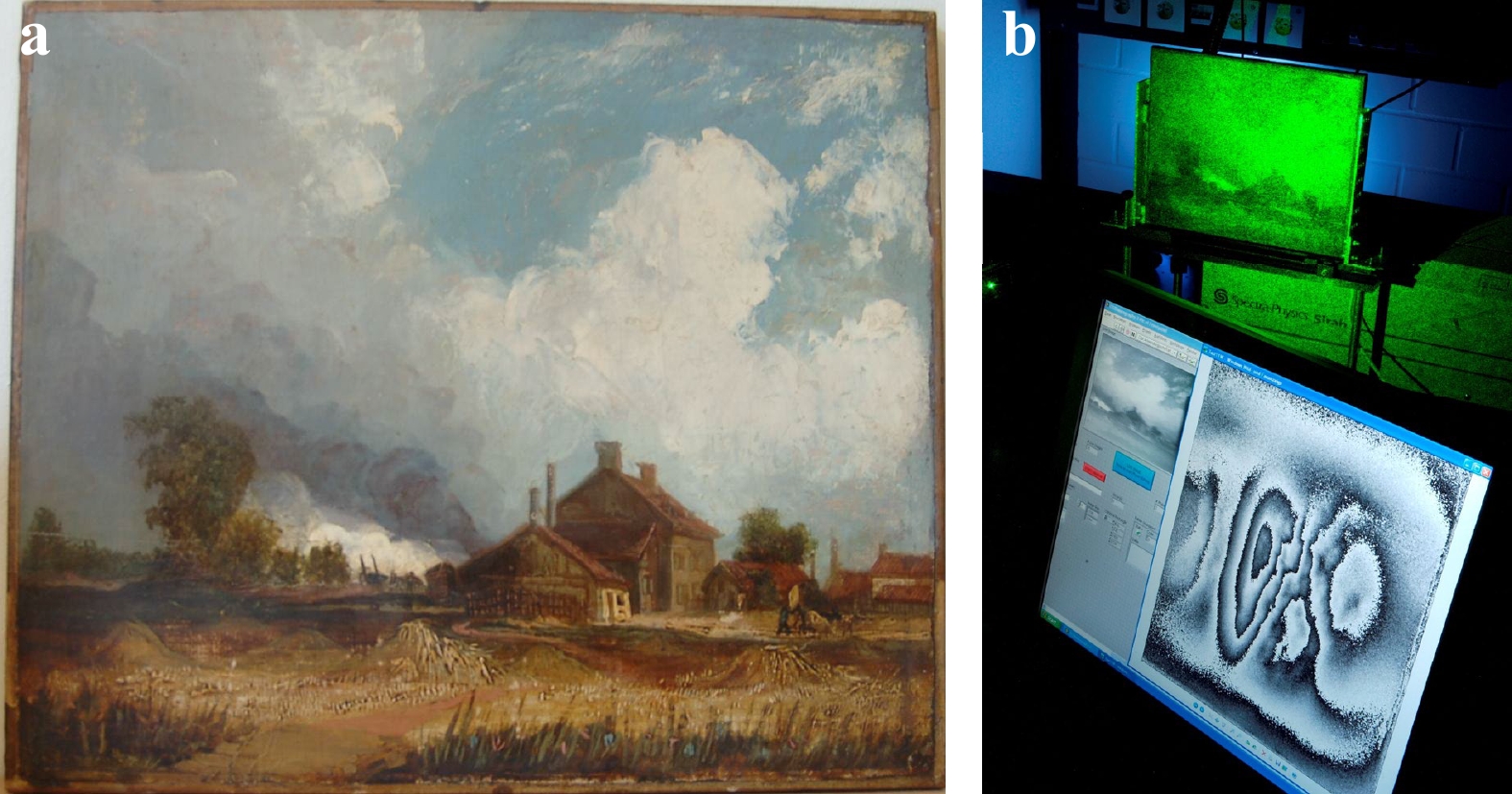
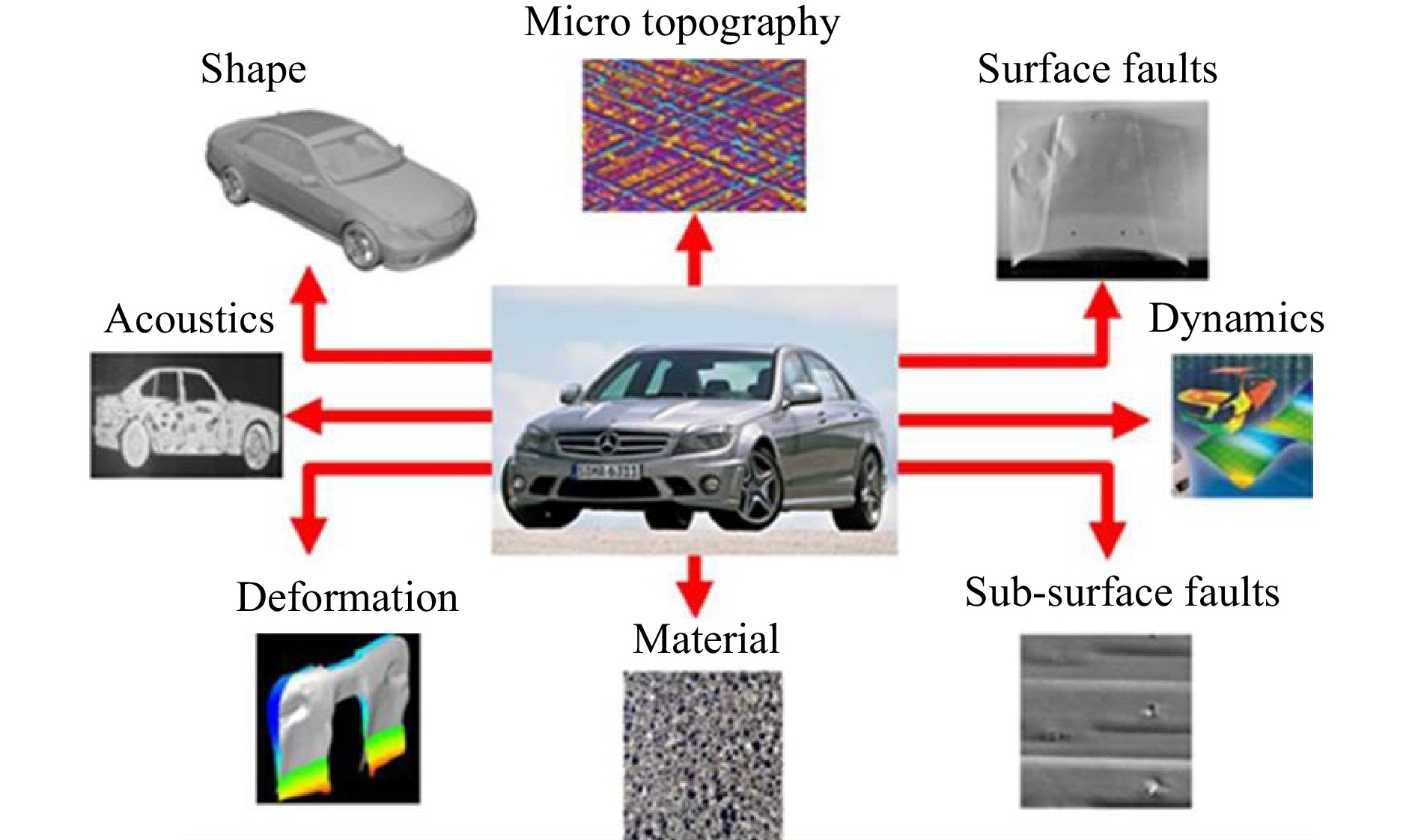
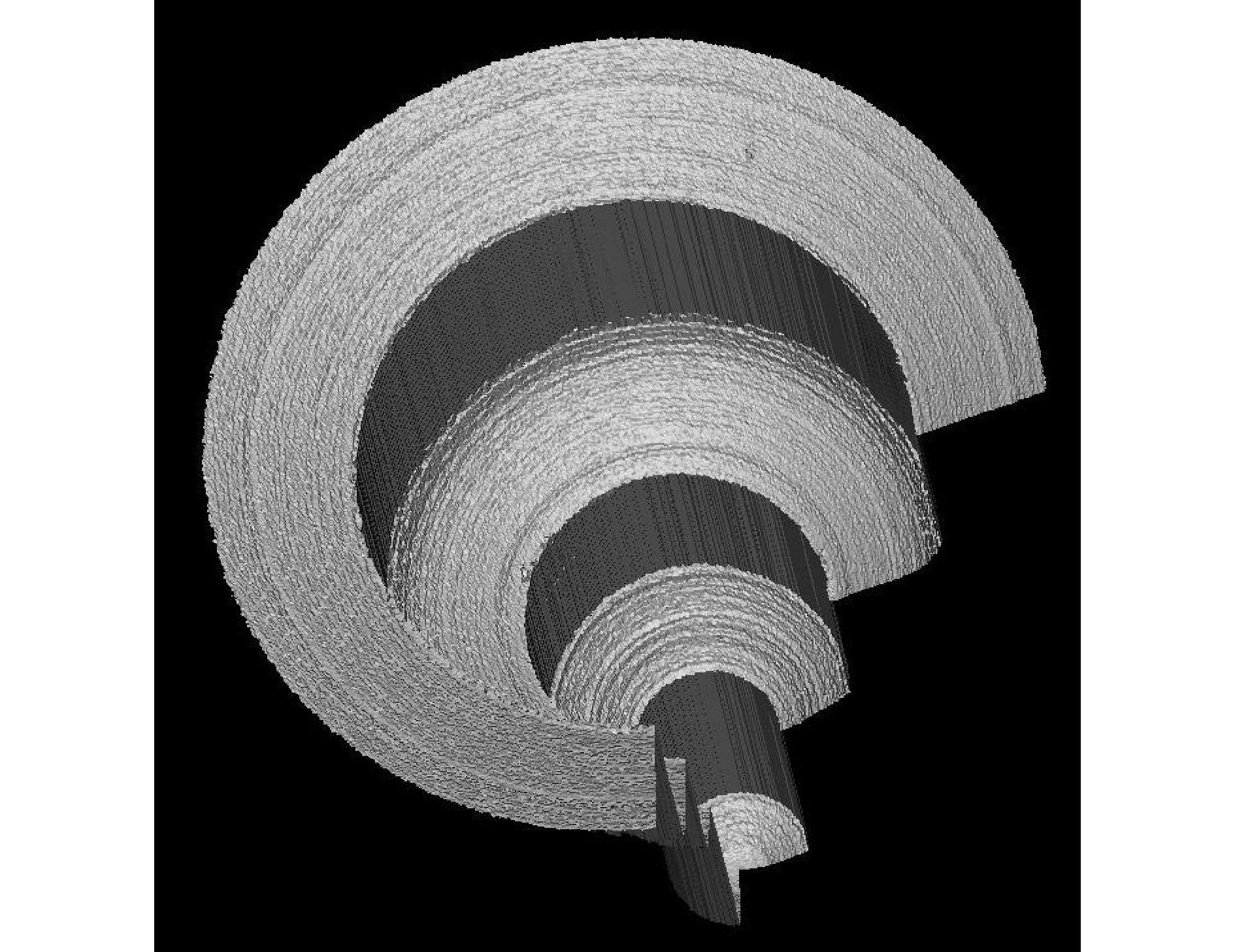
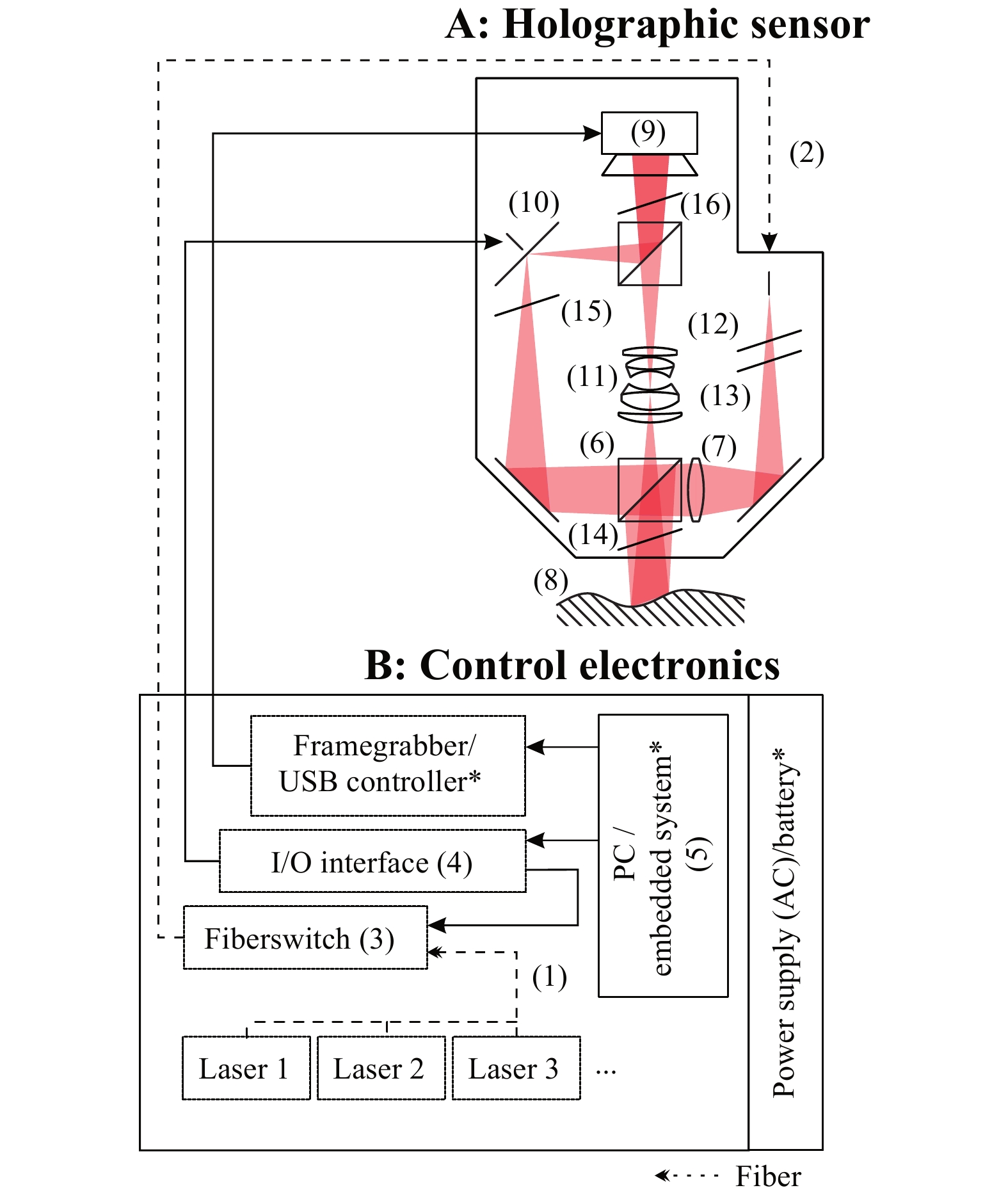
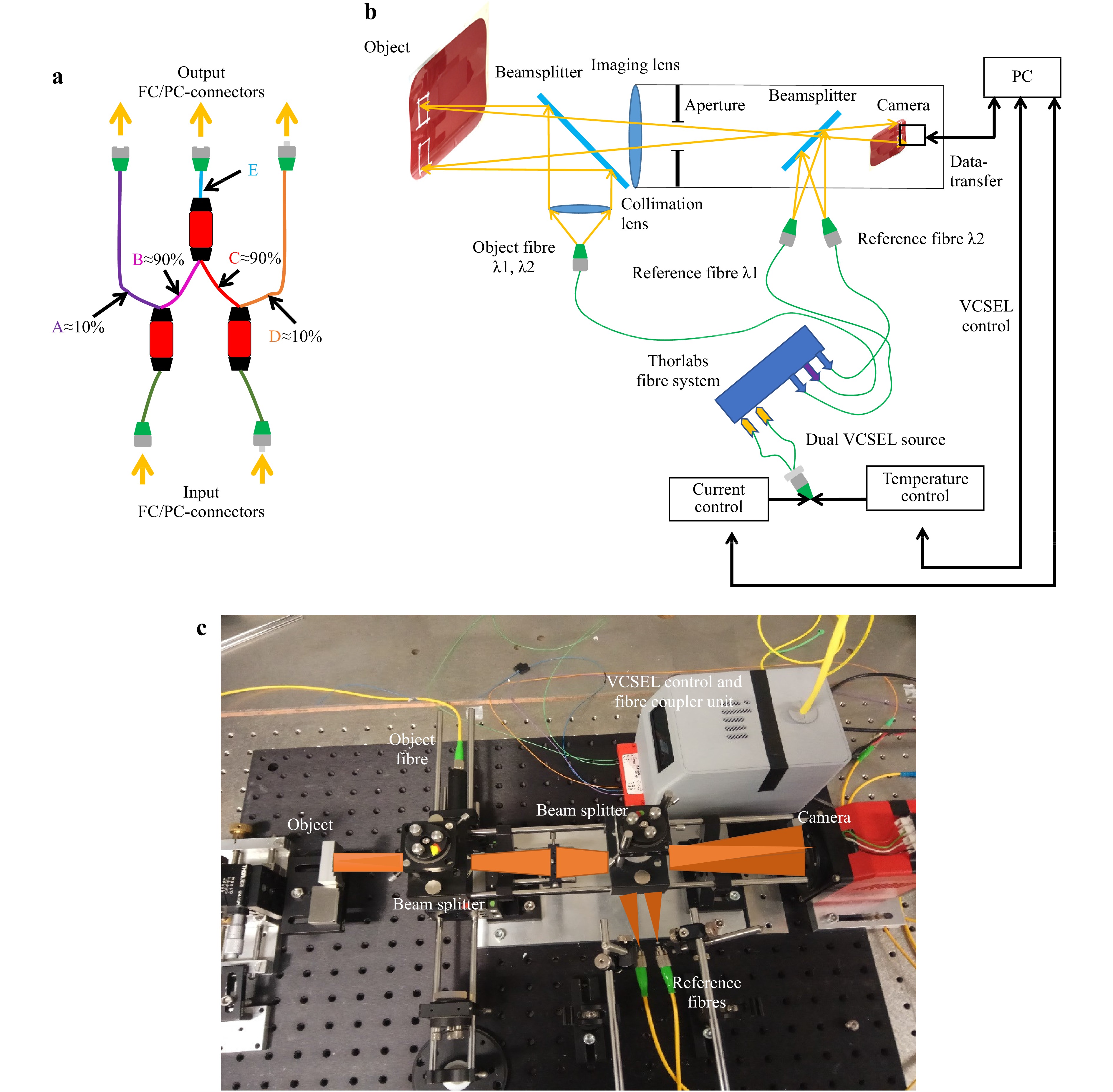
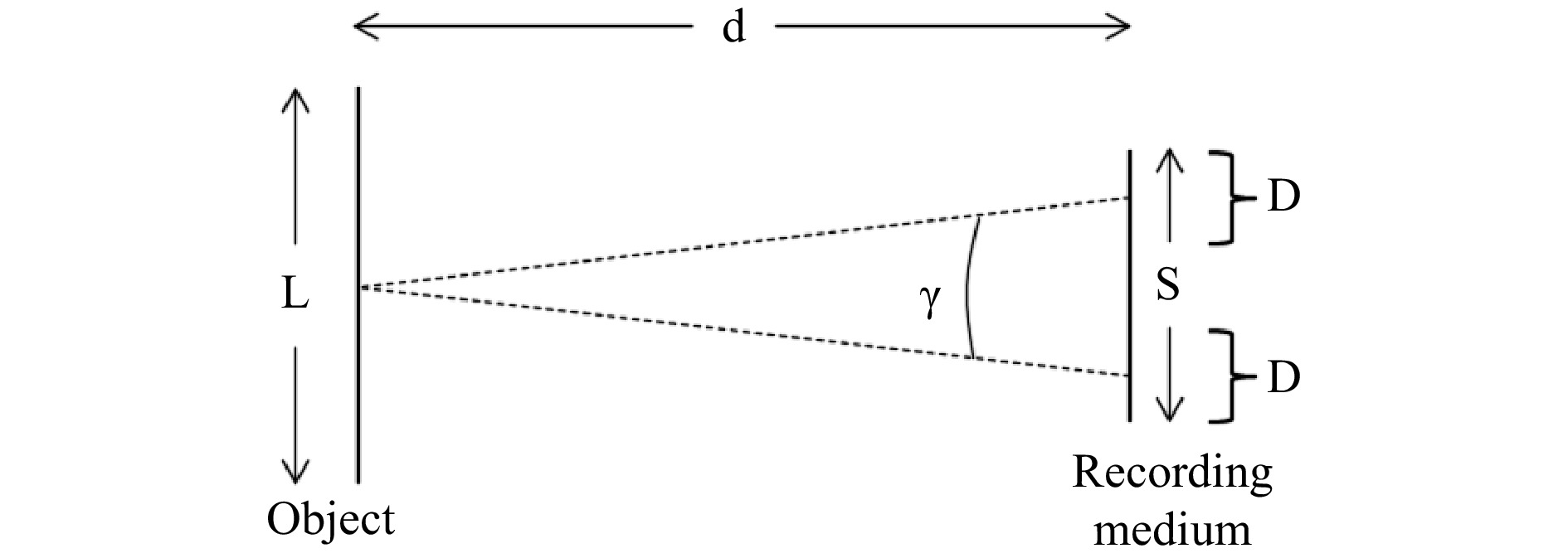
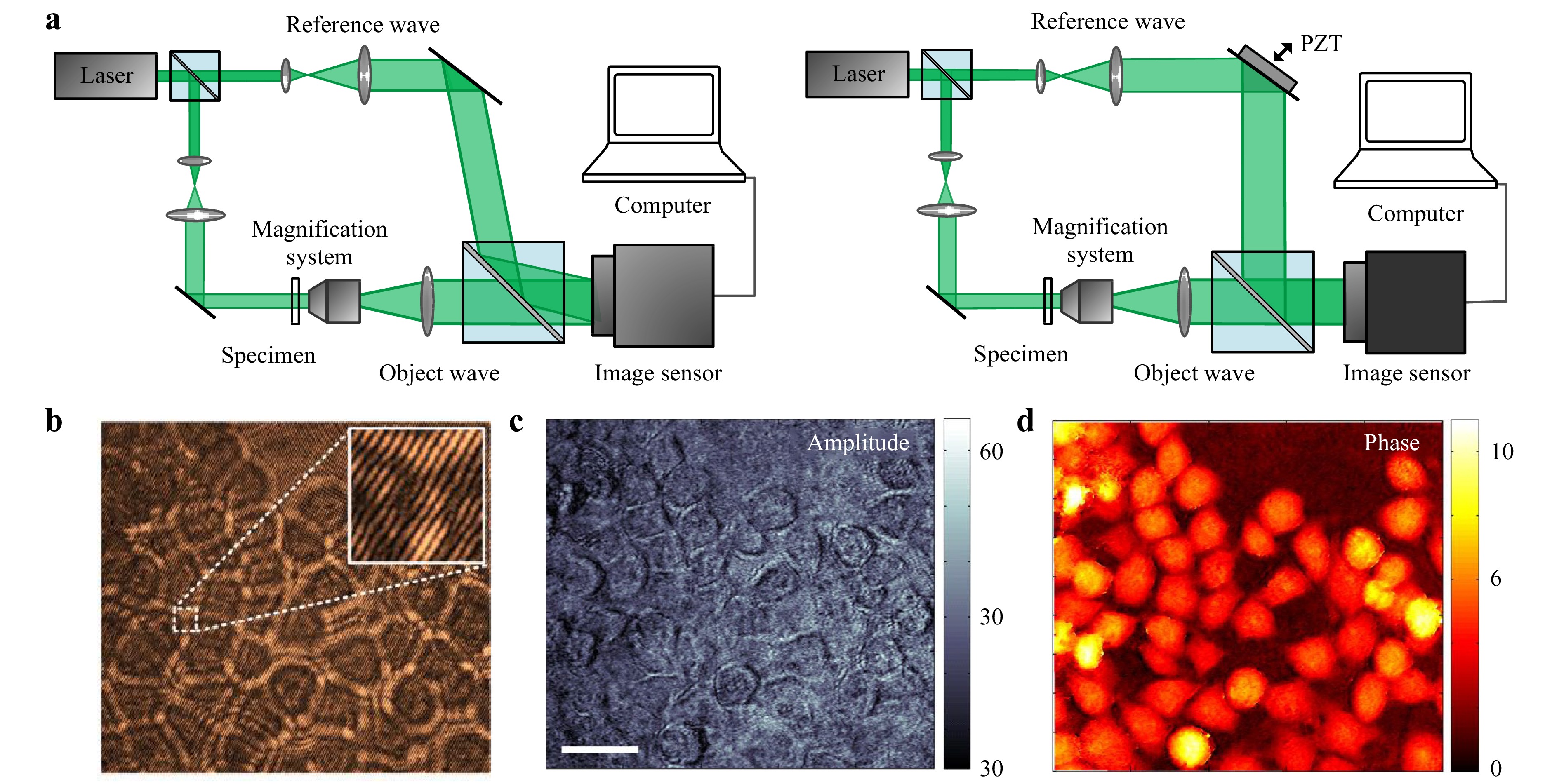
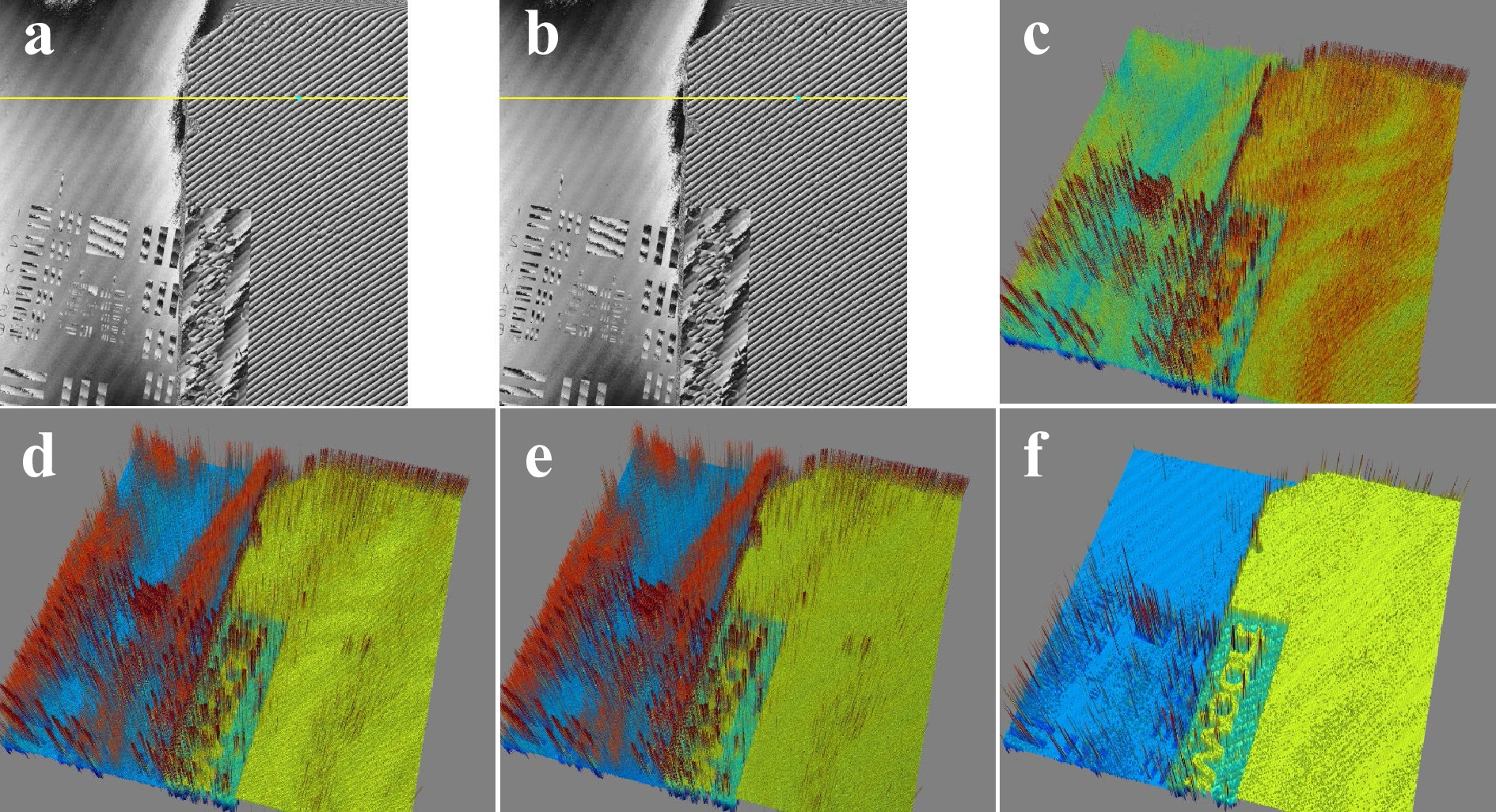

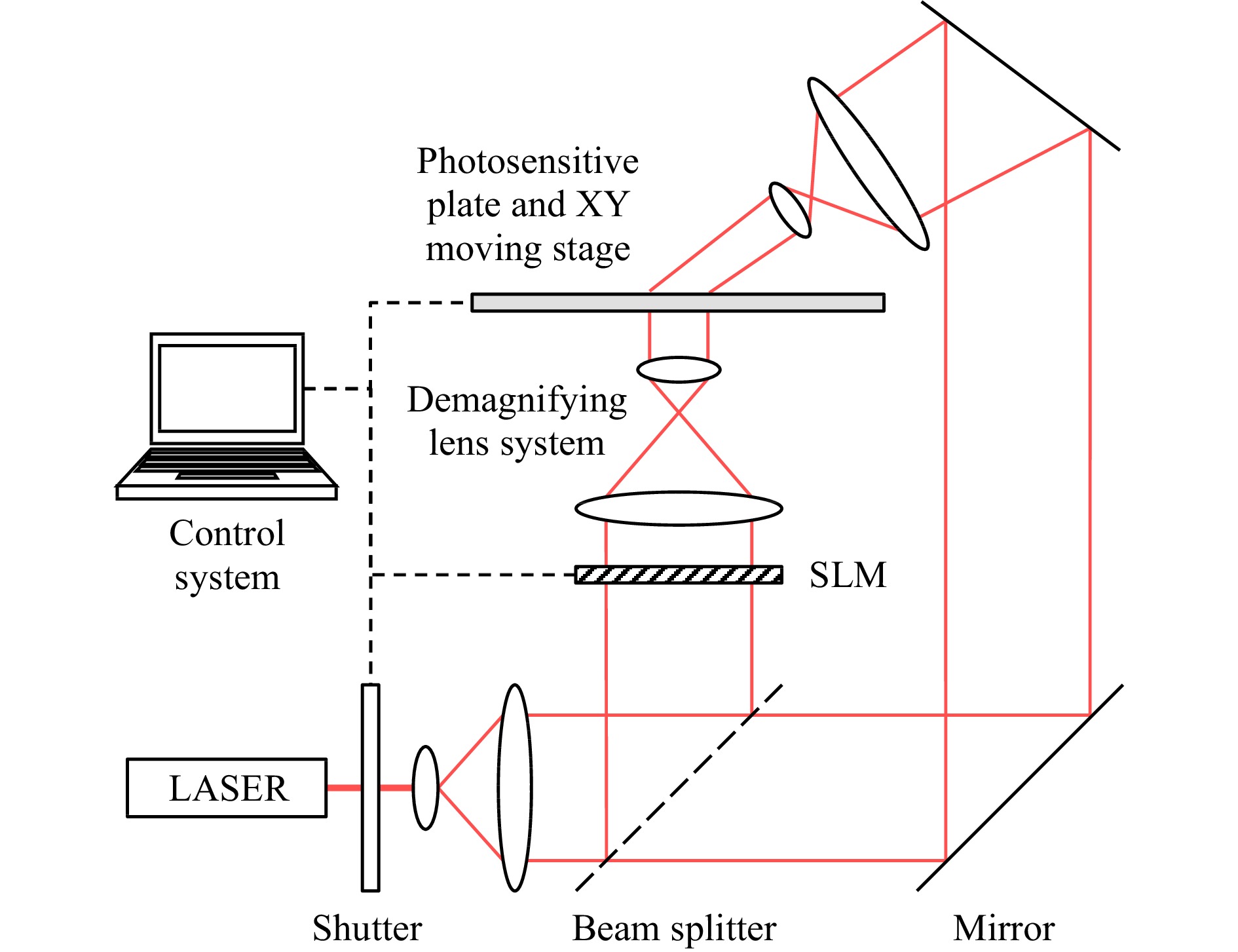
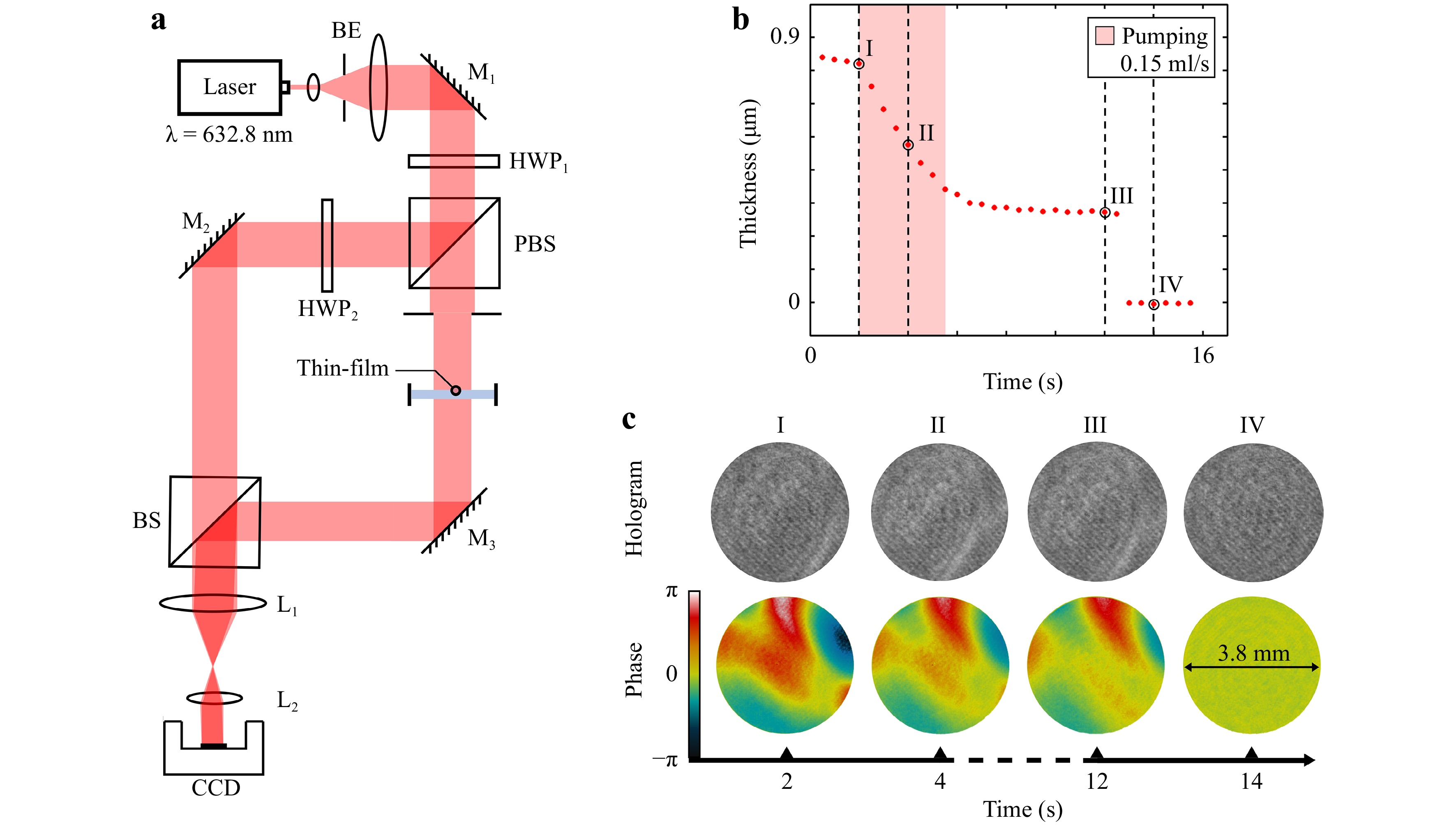
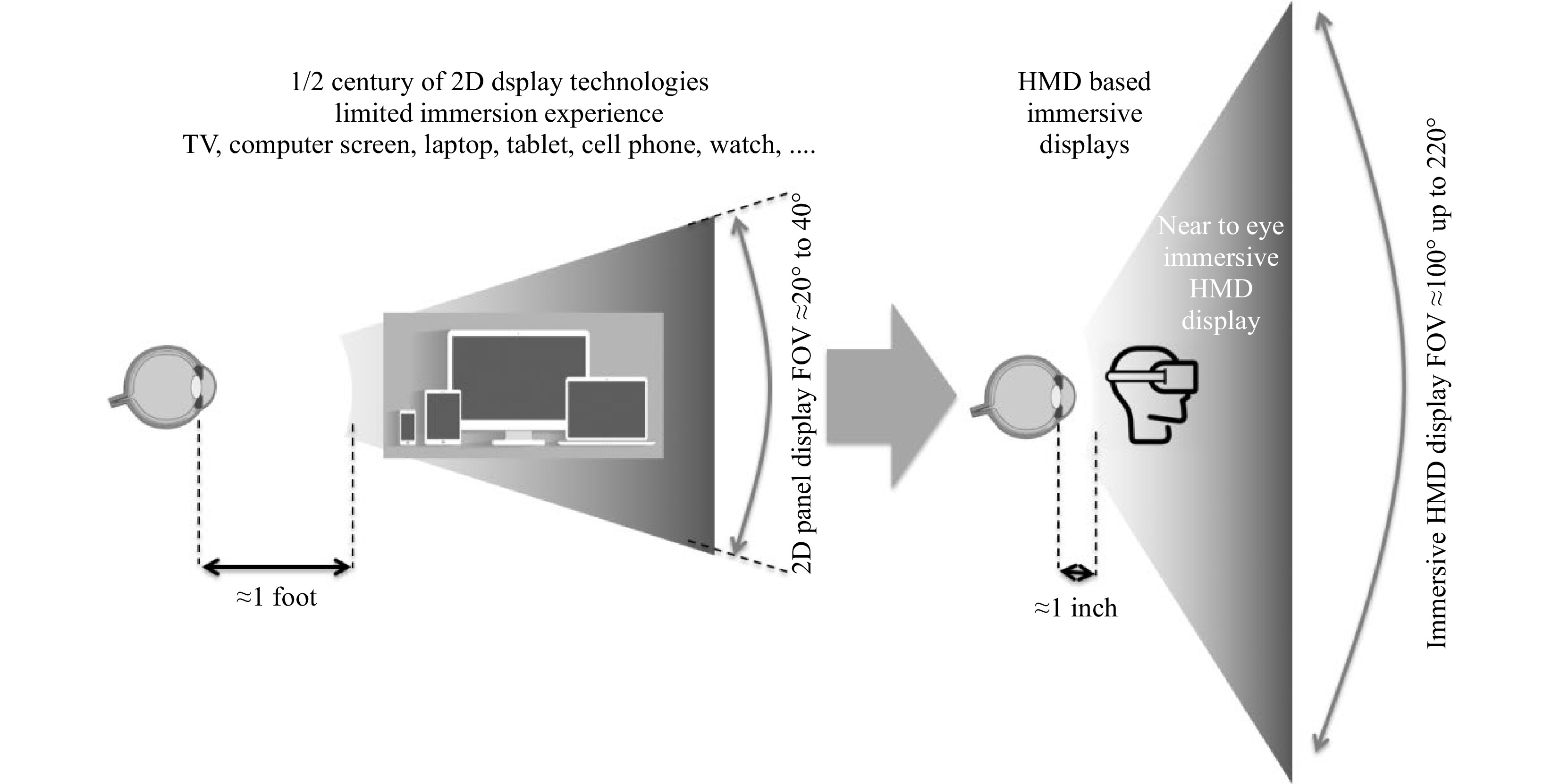

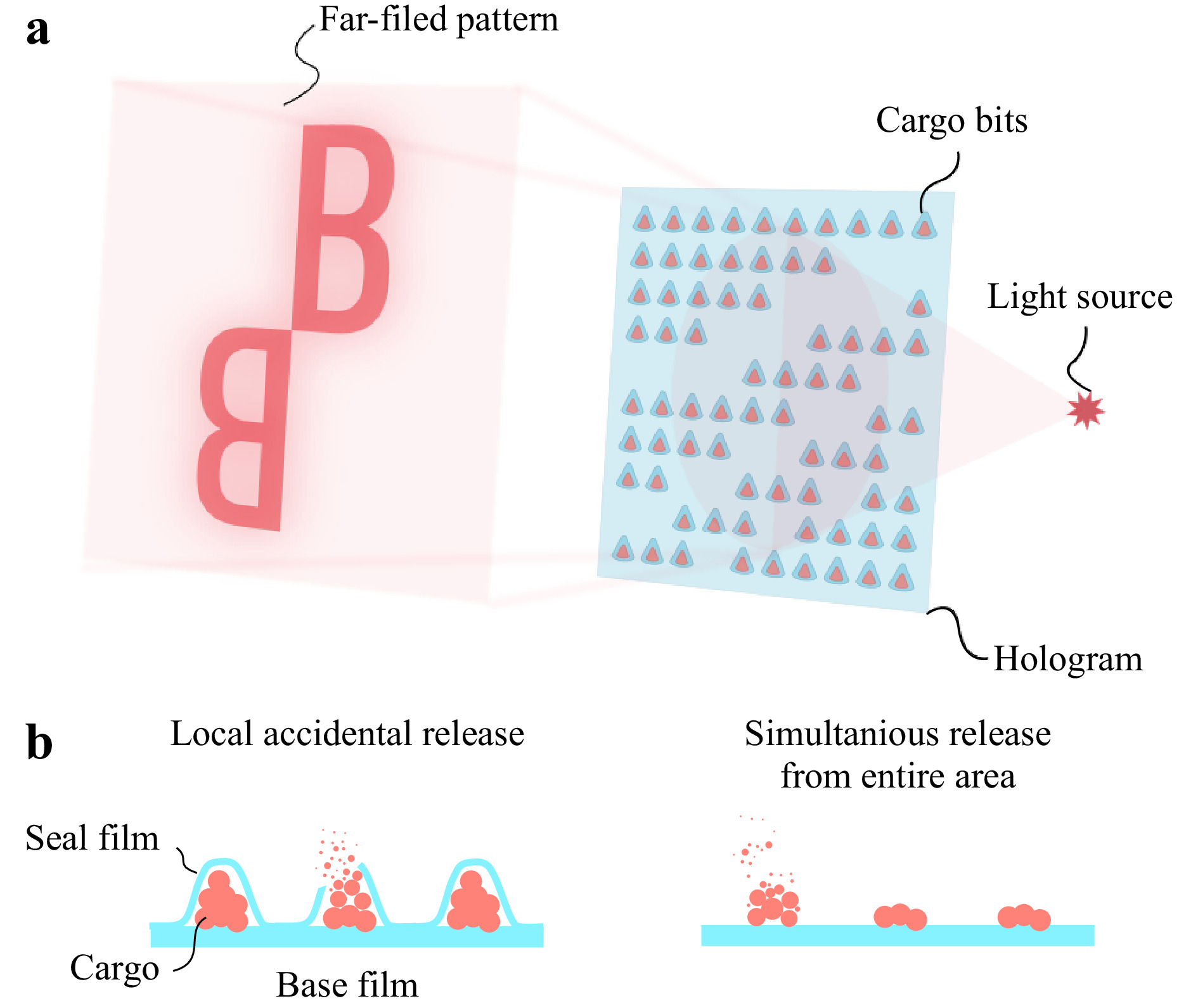


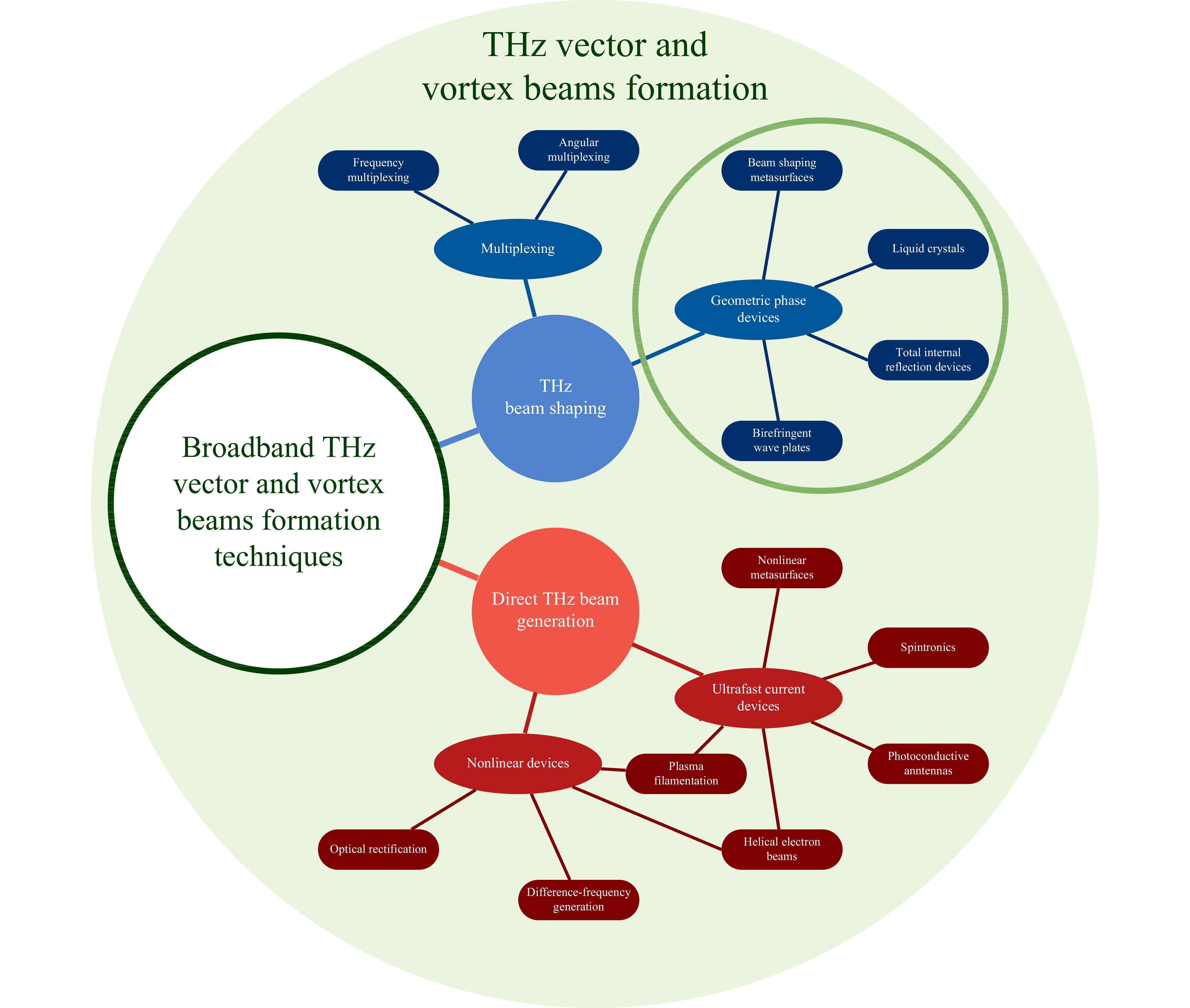
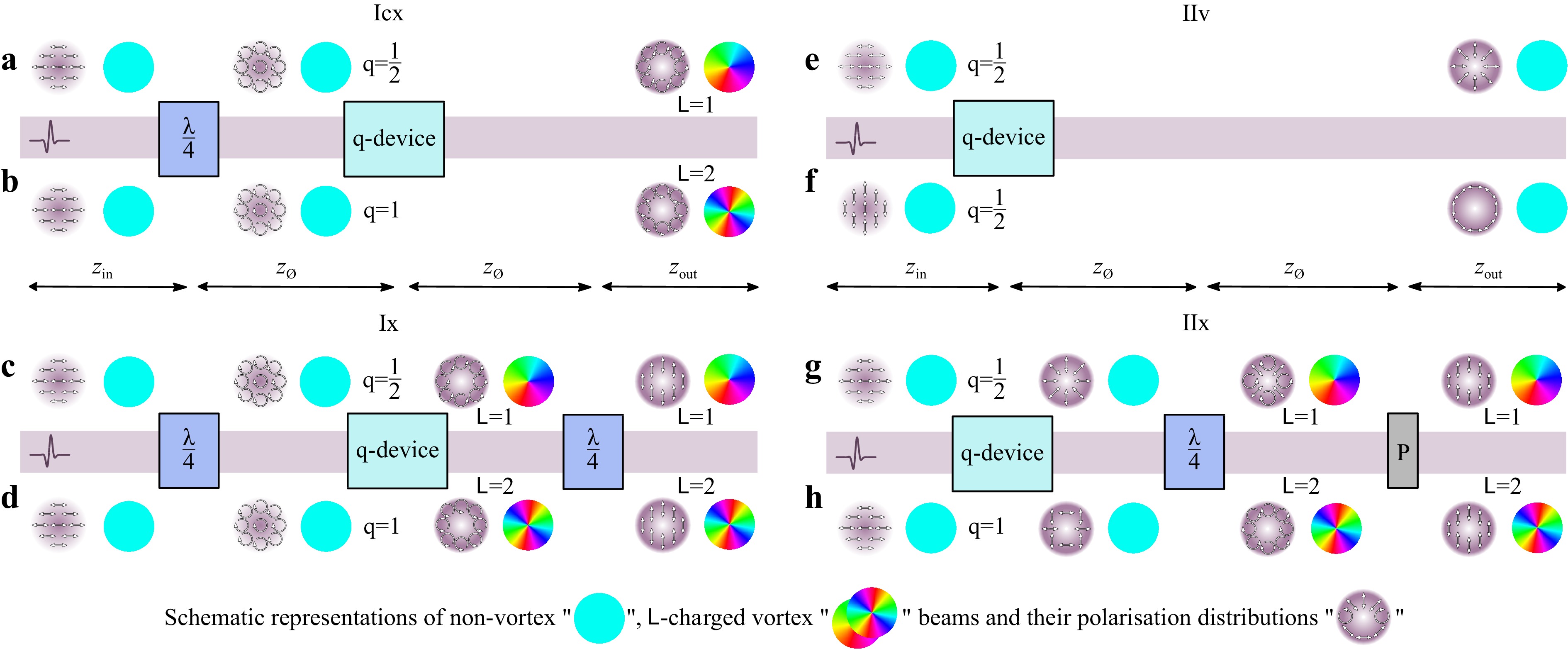
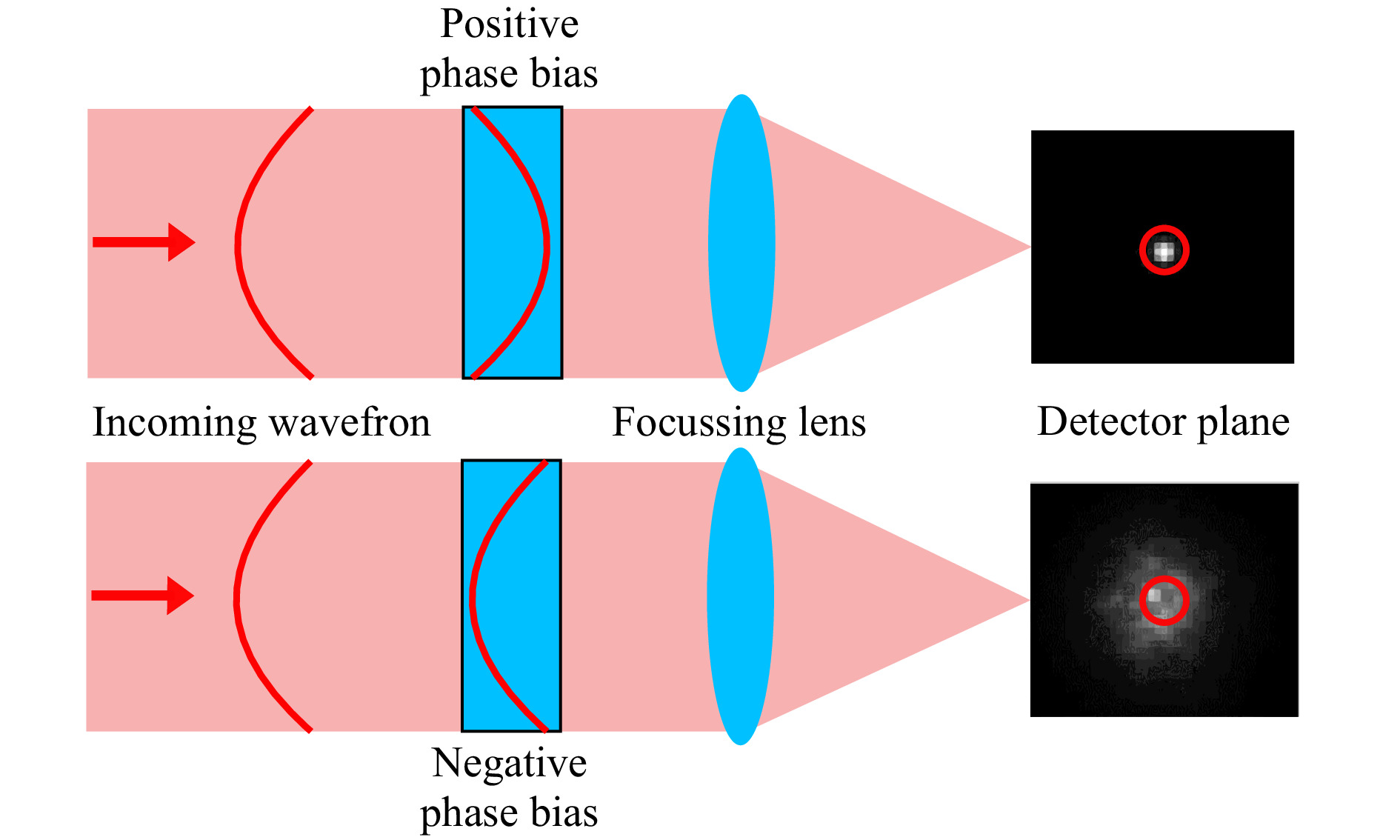
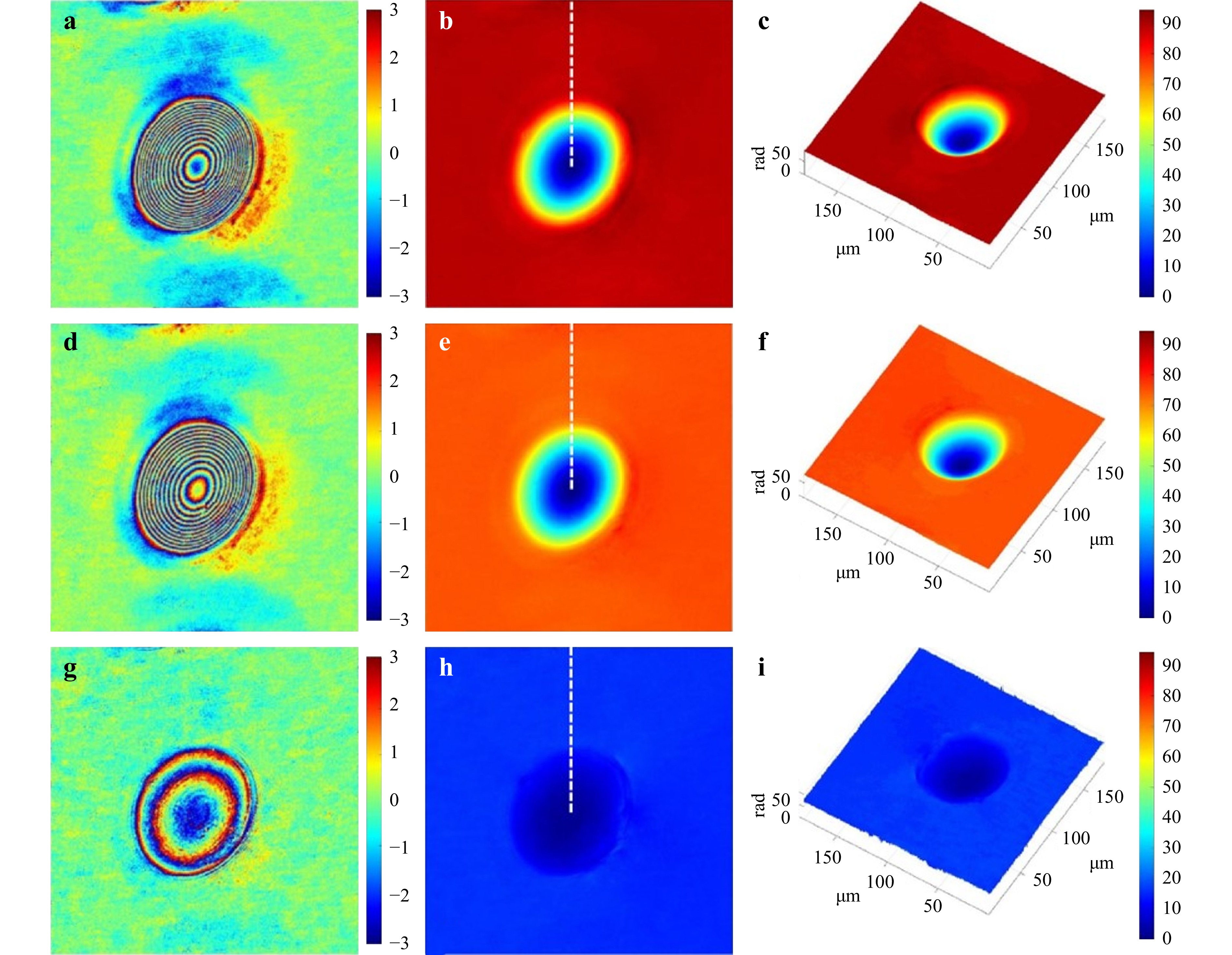
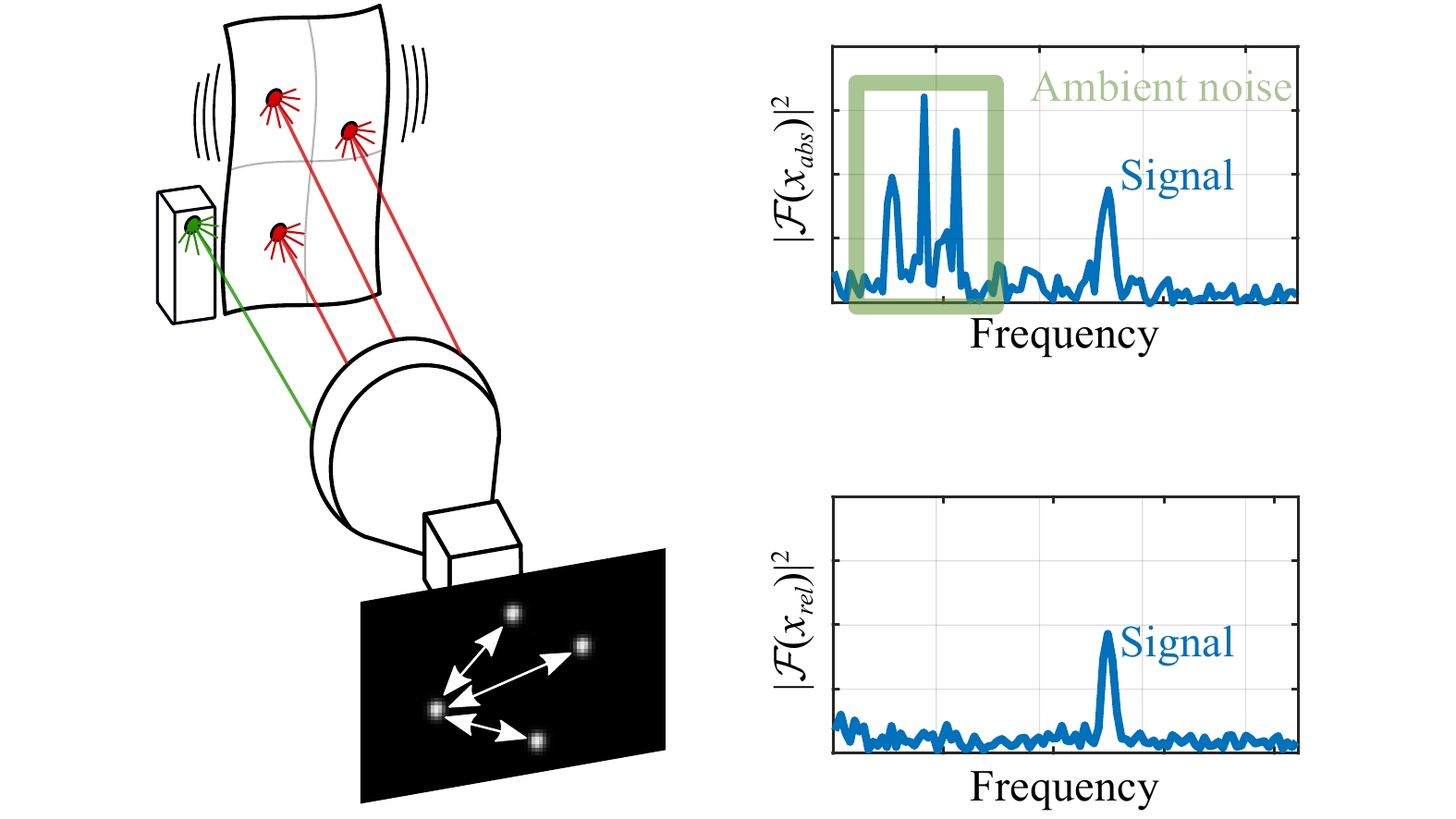
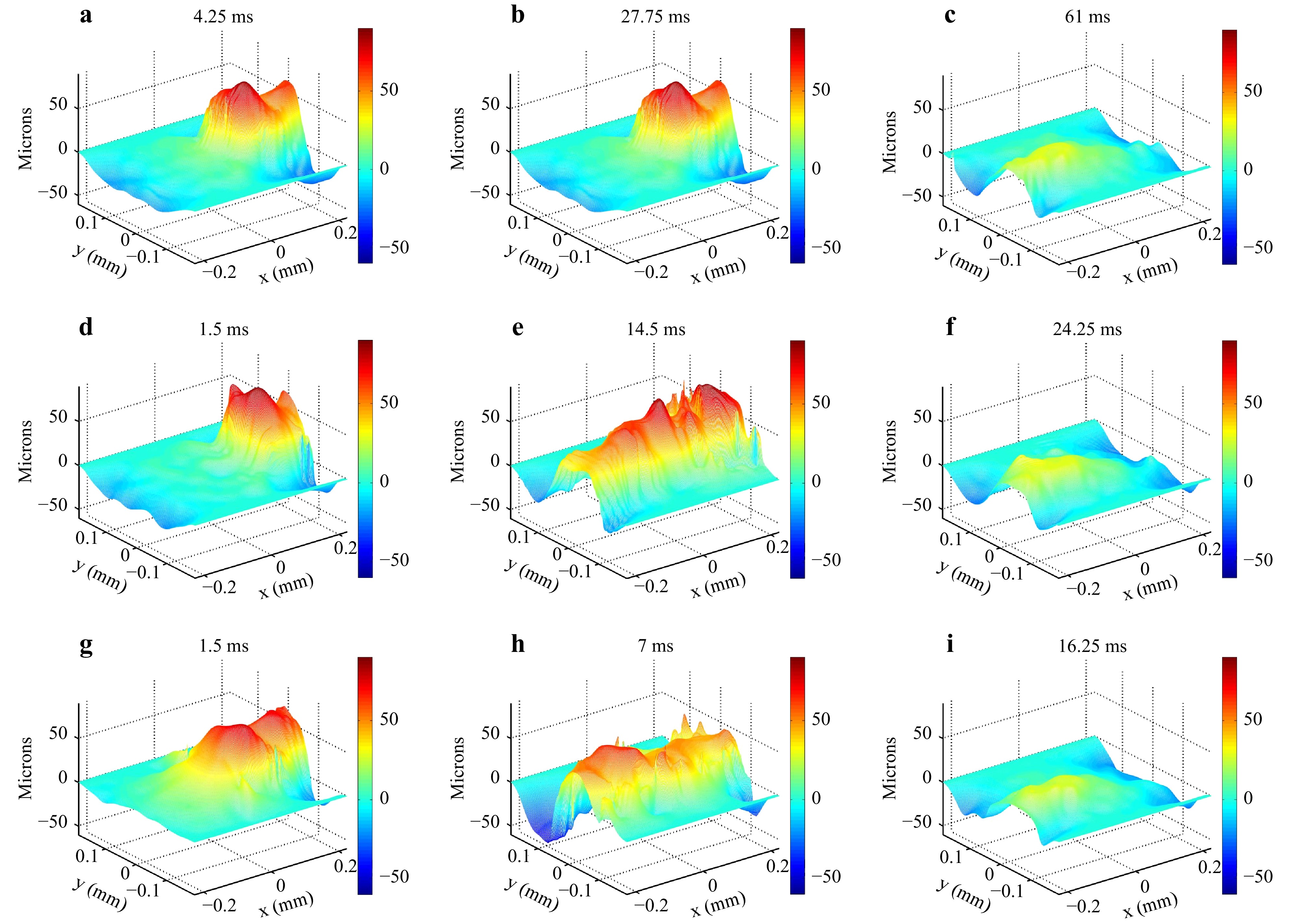



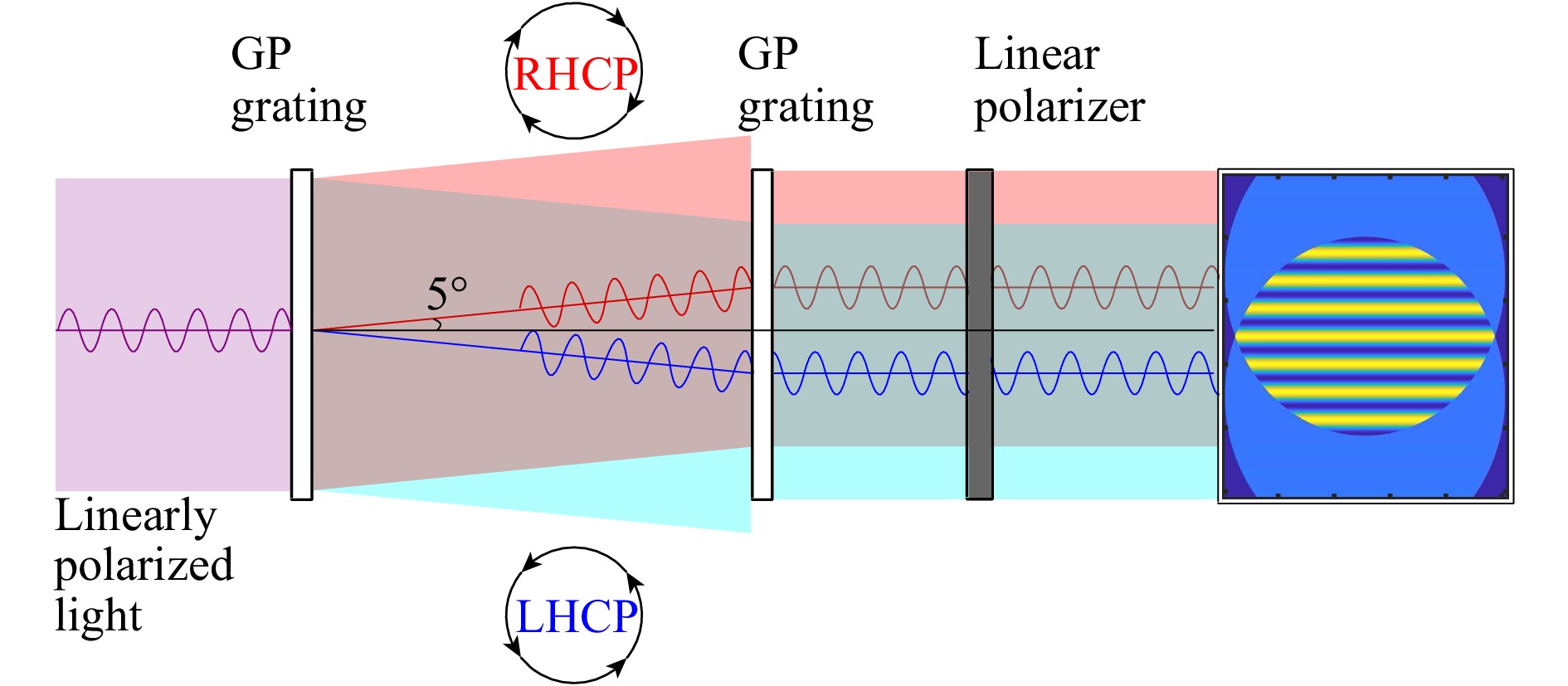
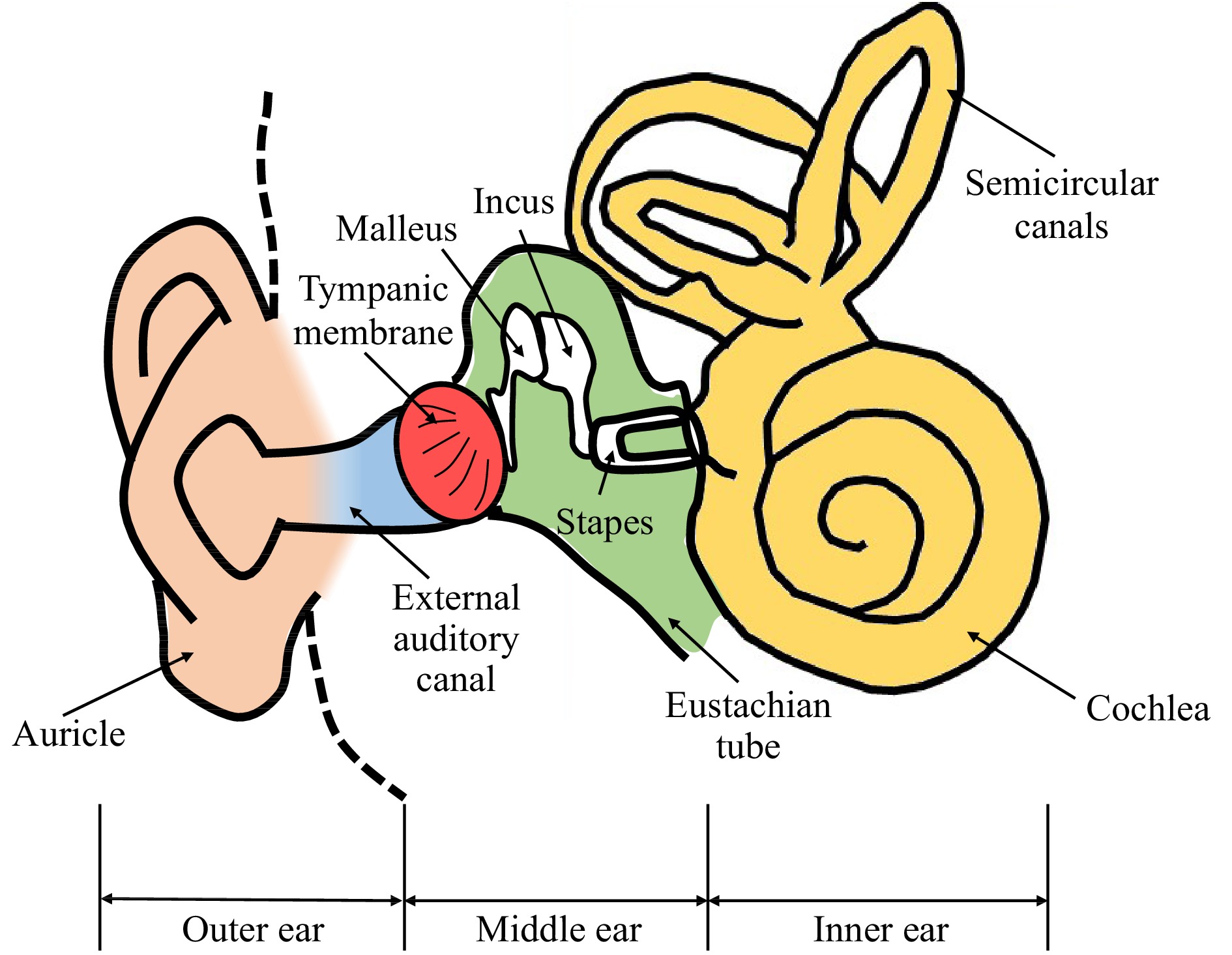
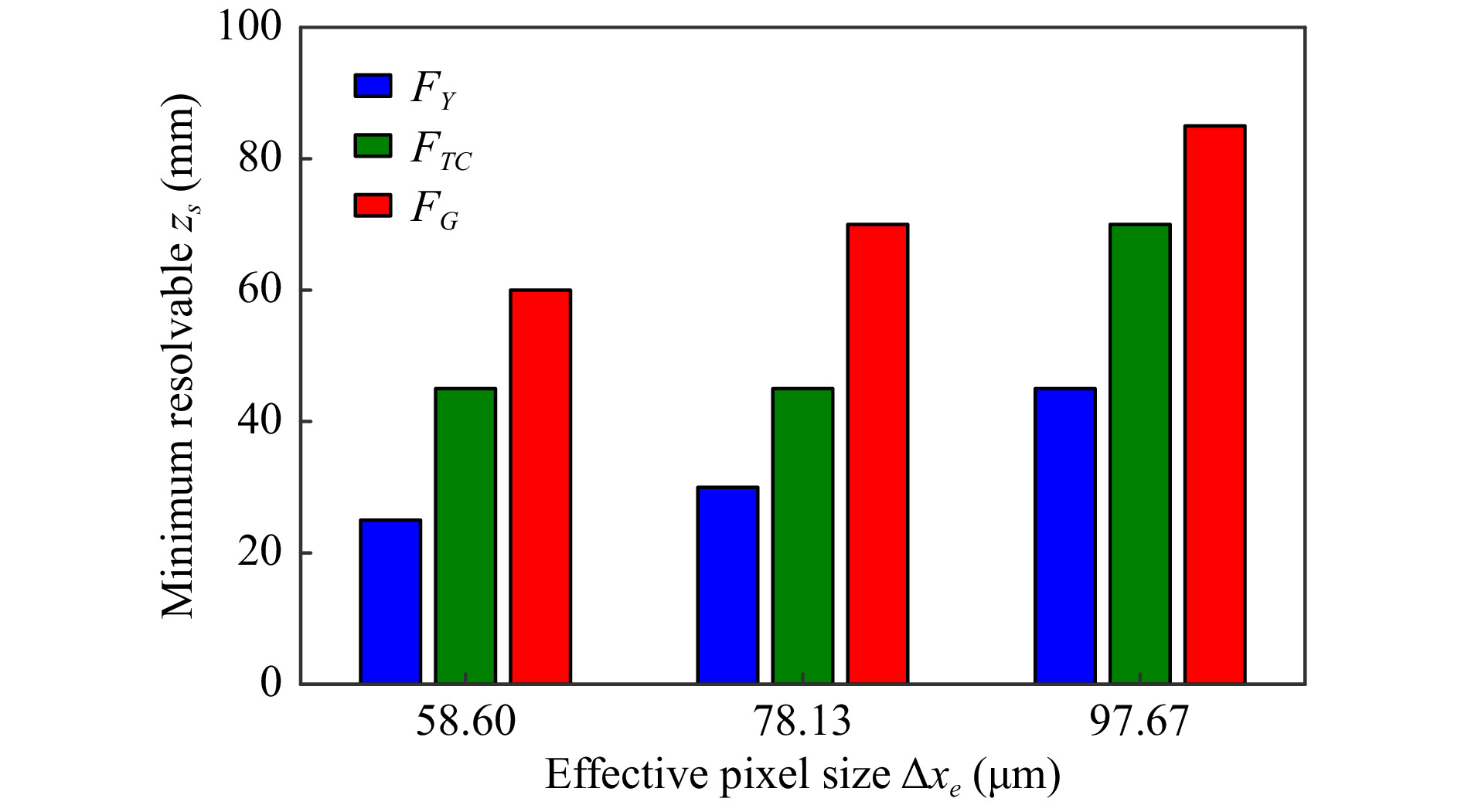
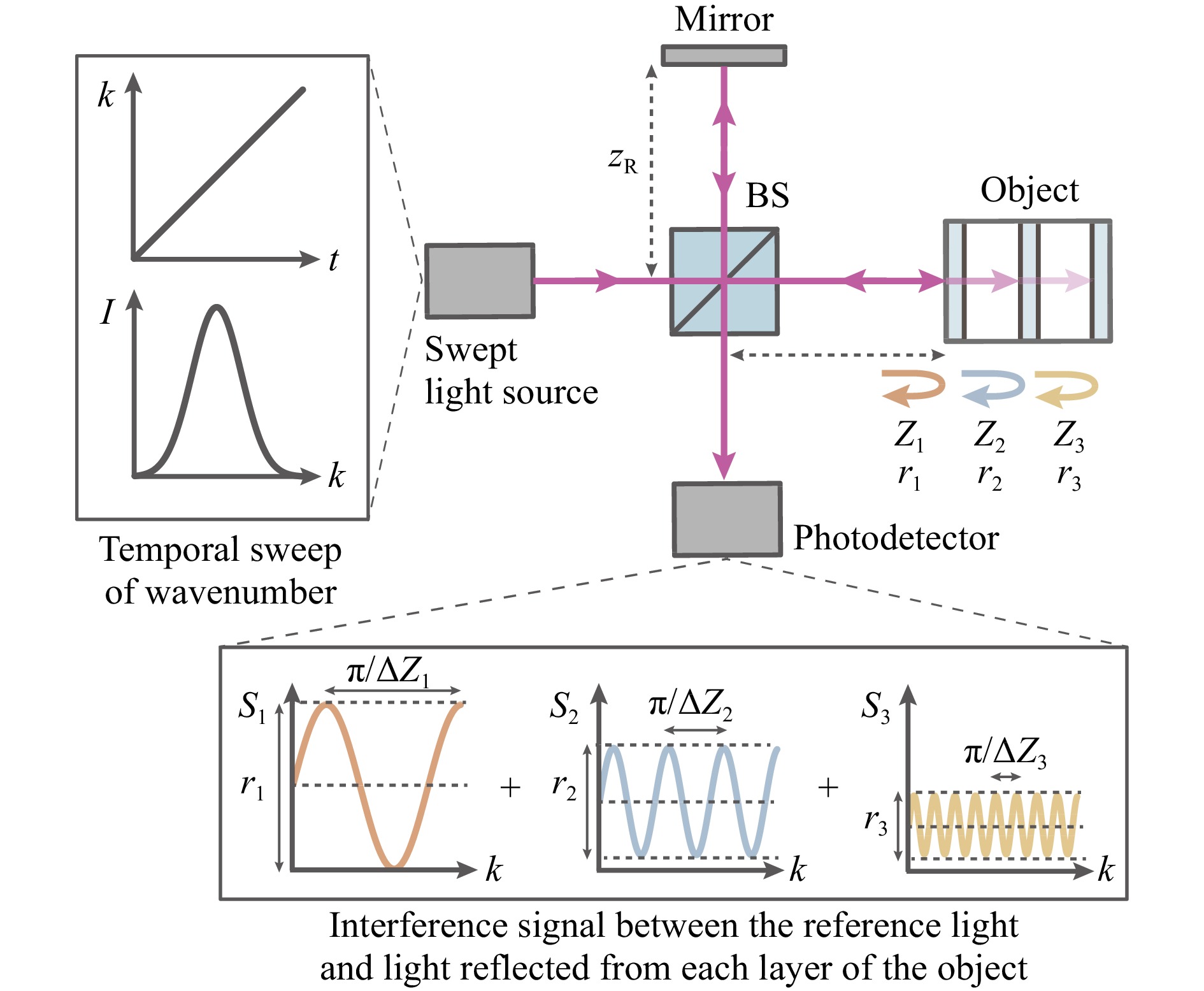
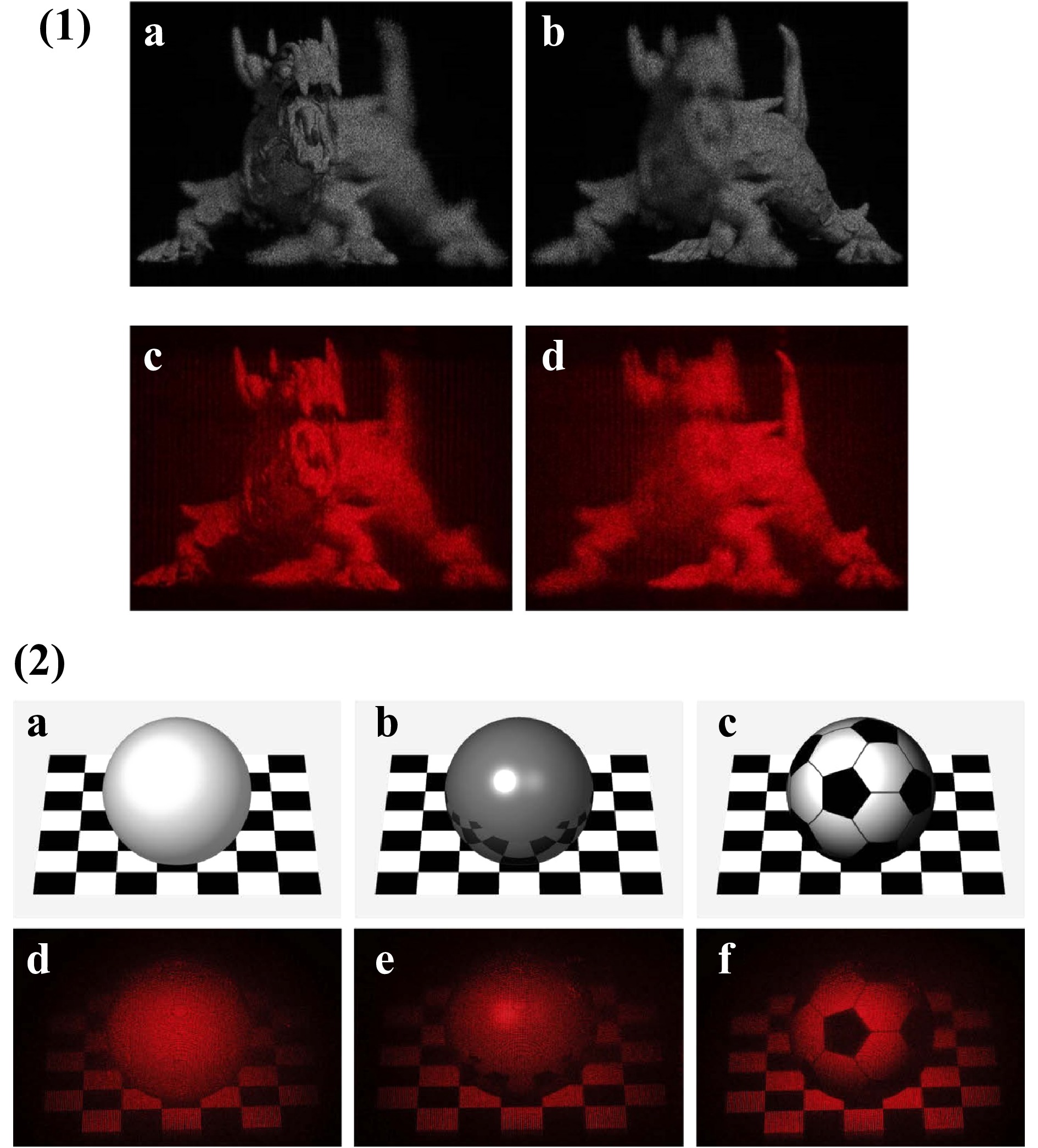
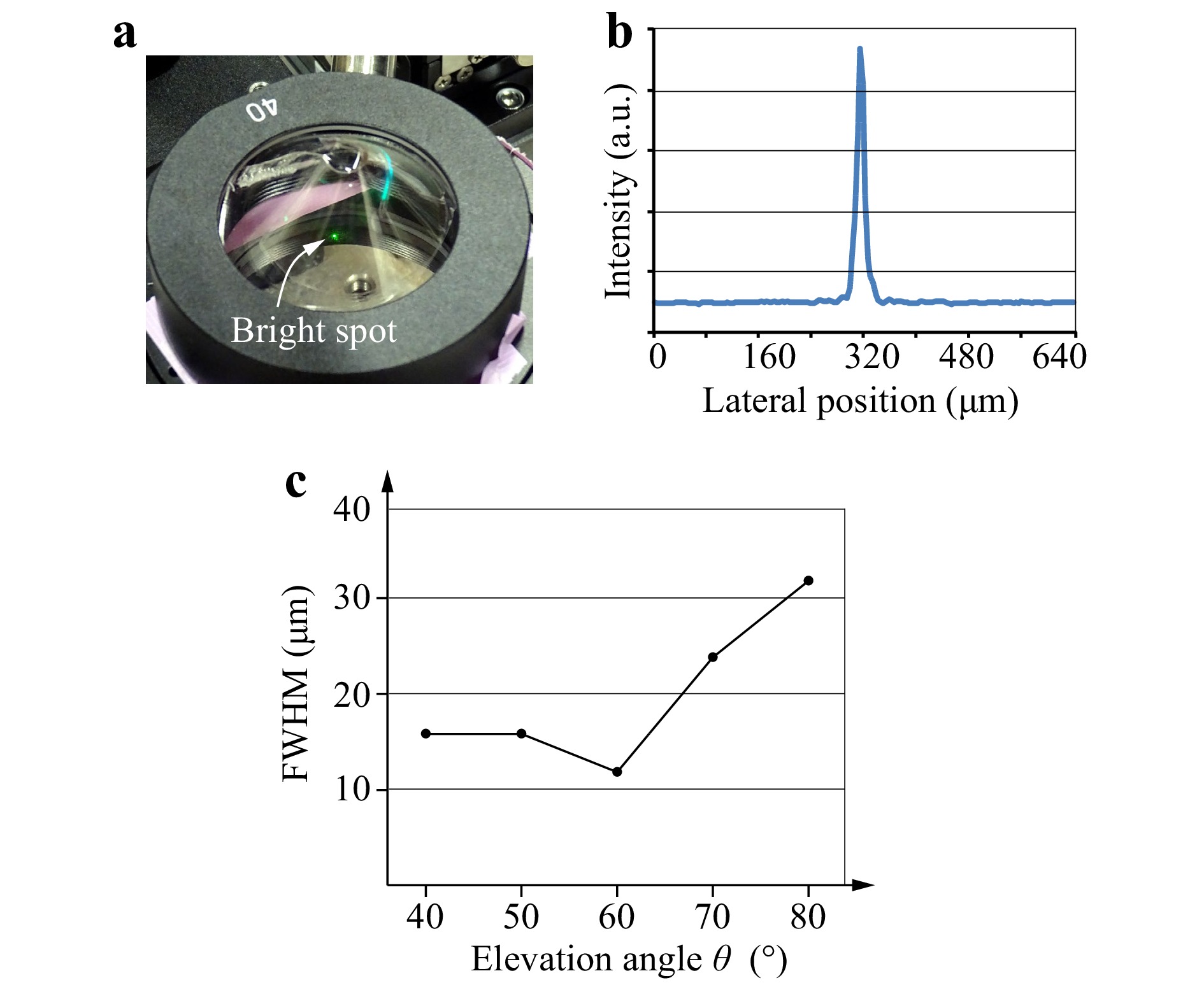
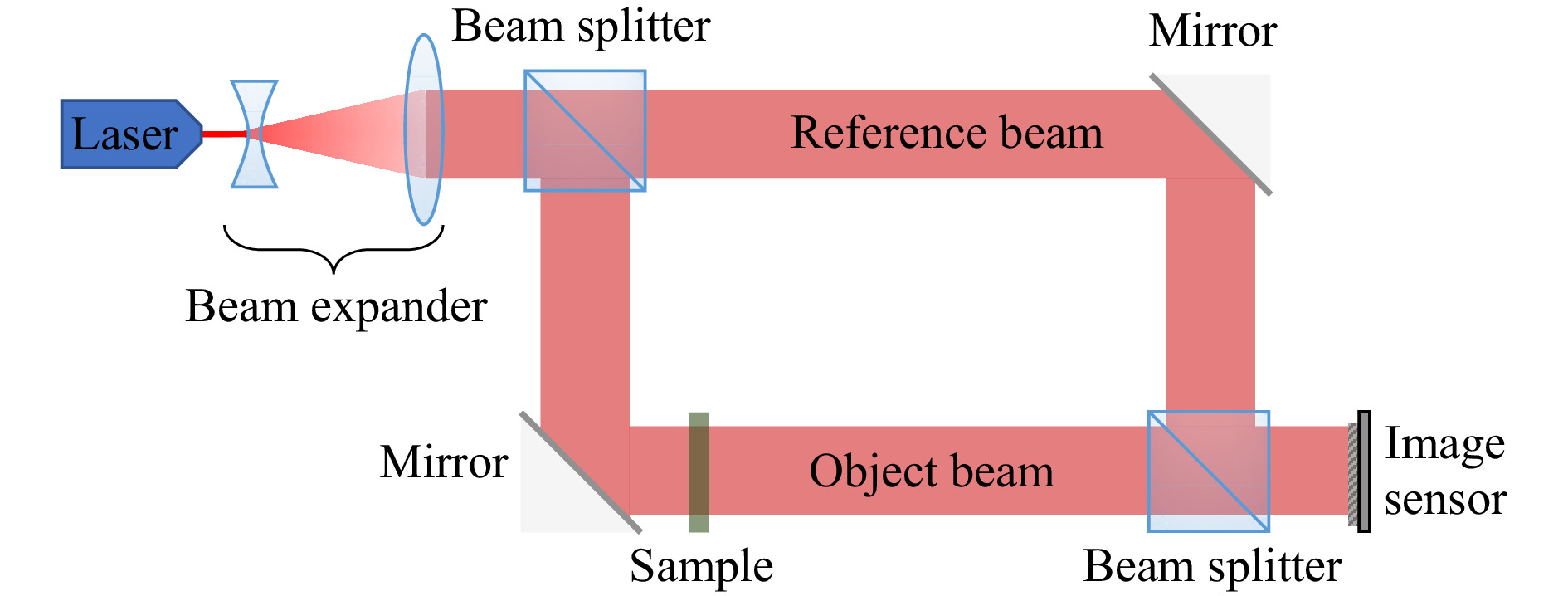



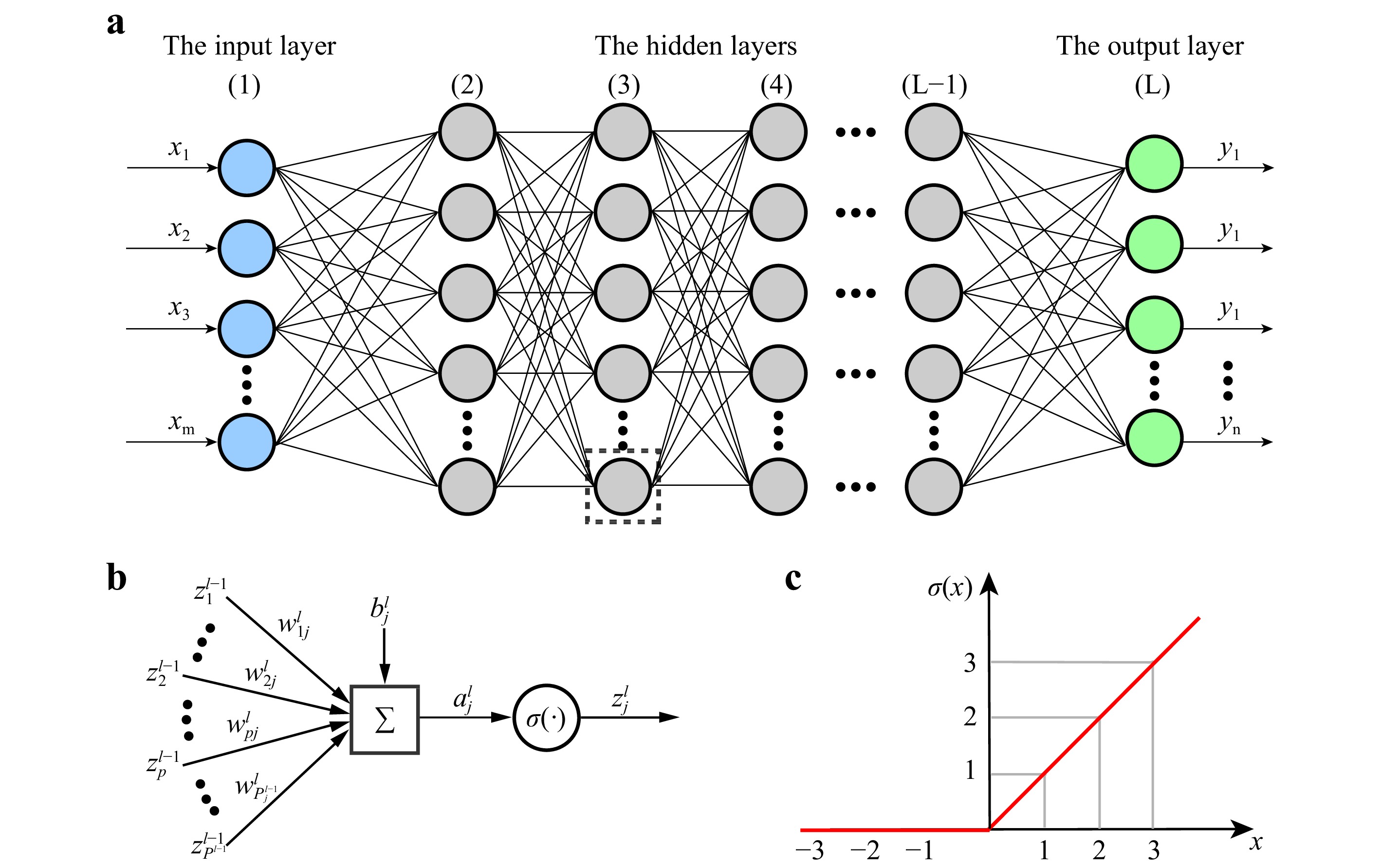
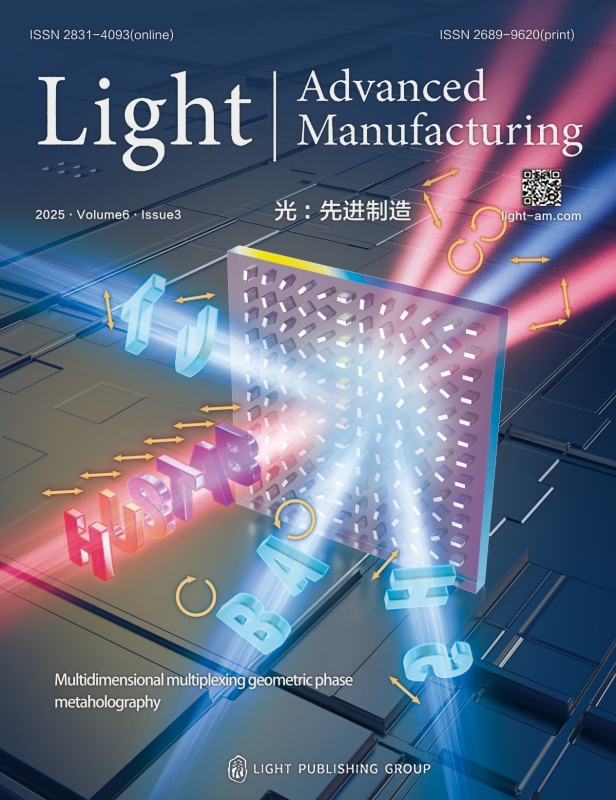

 Email
Email RSS
RSS